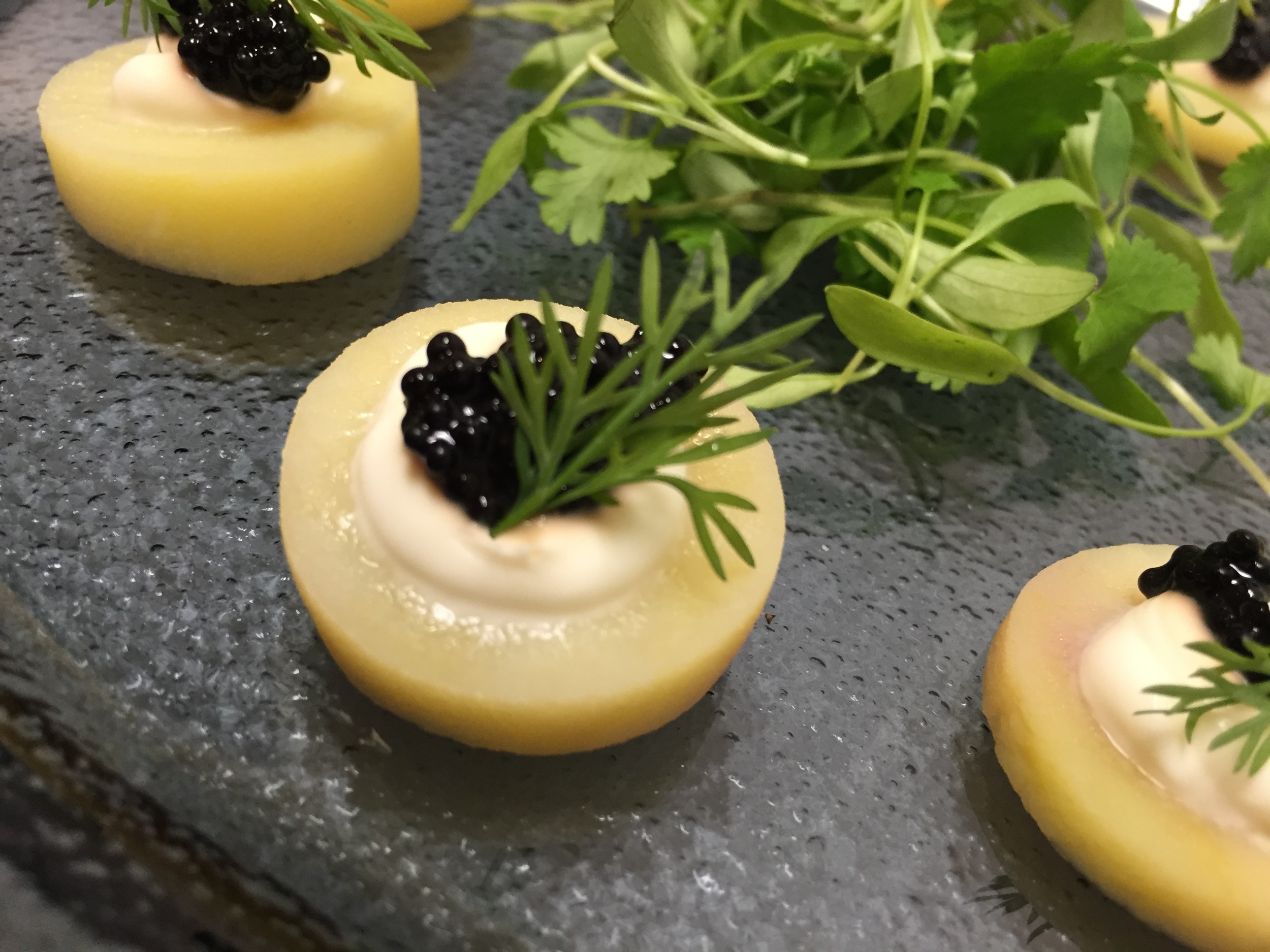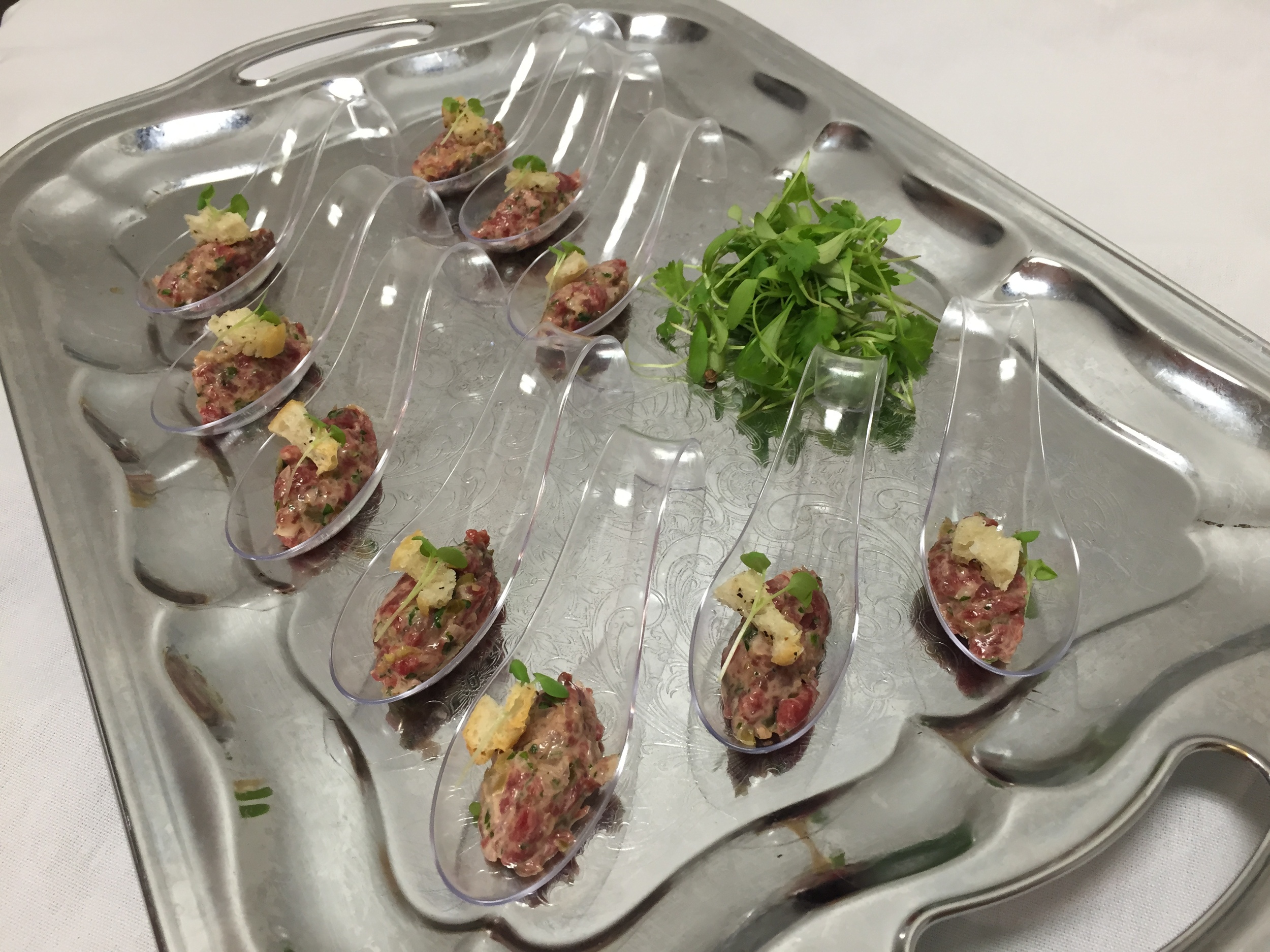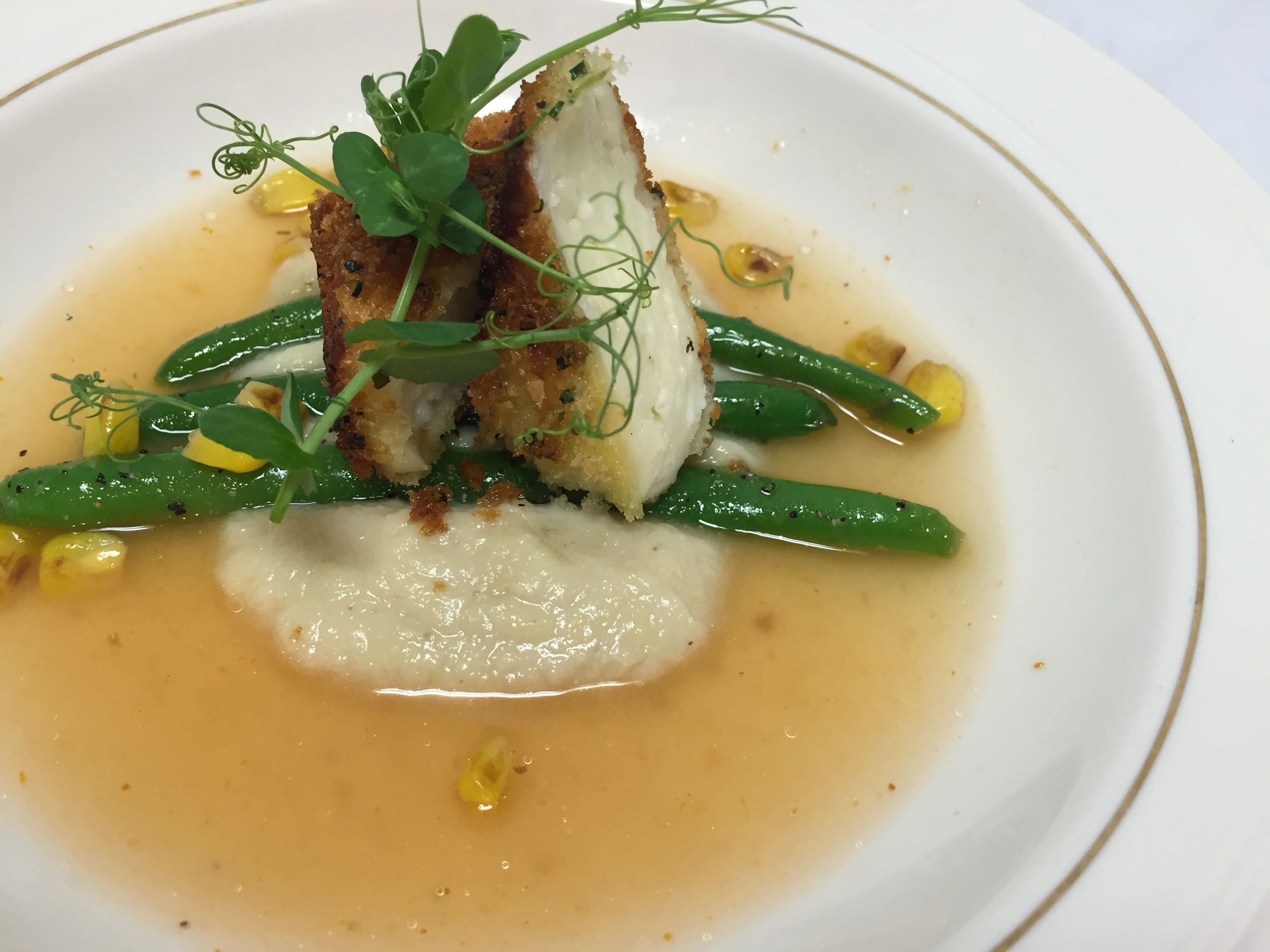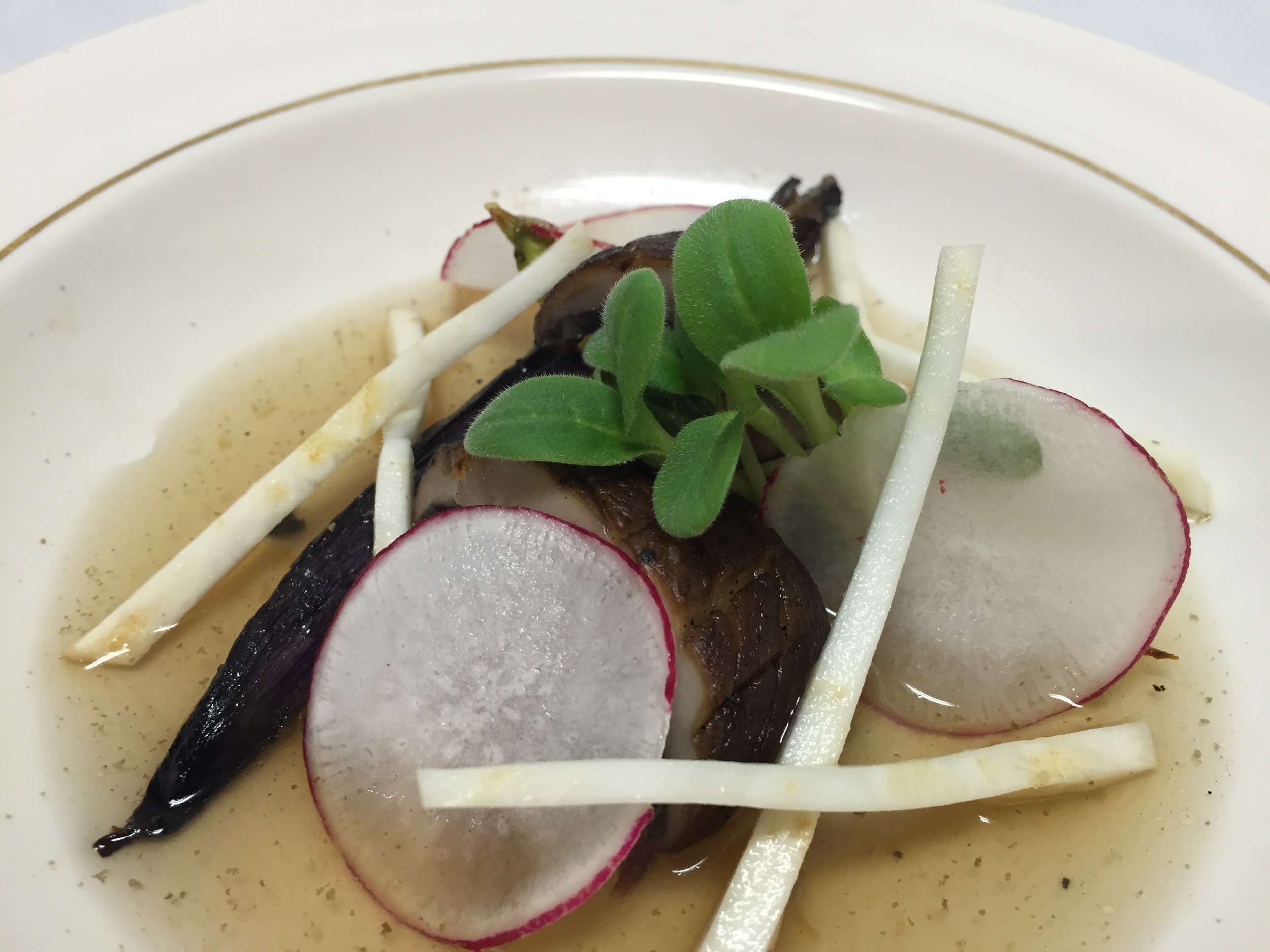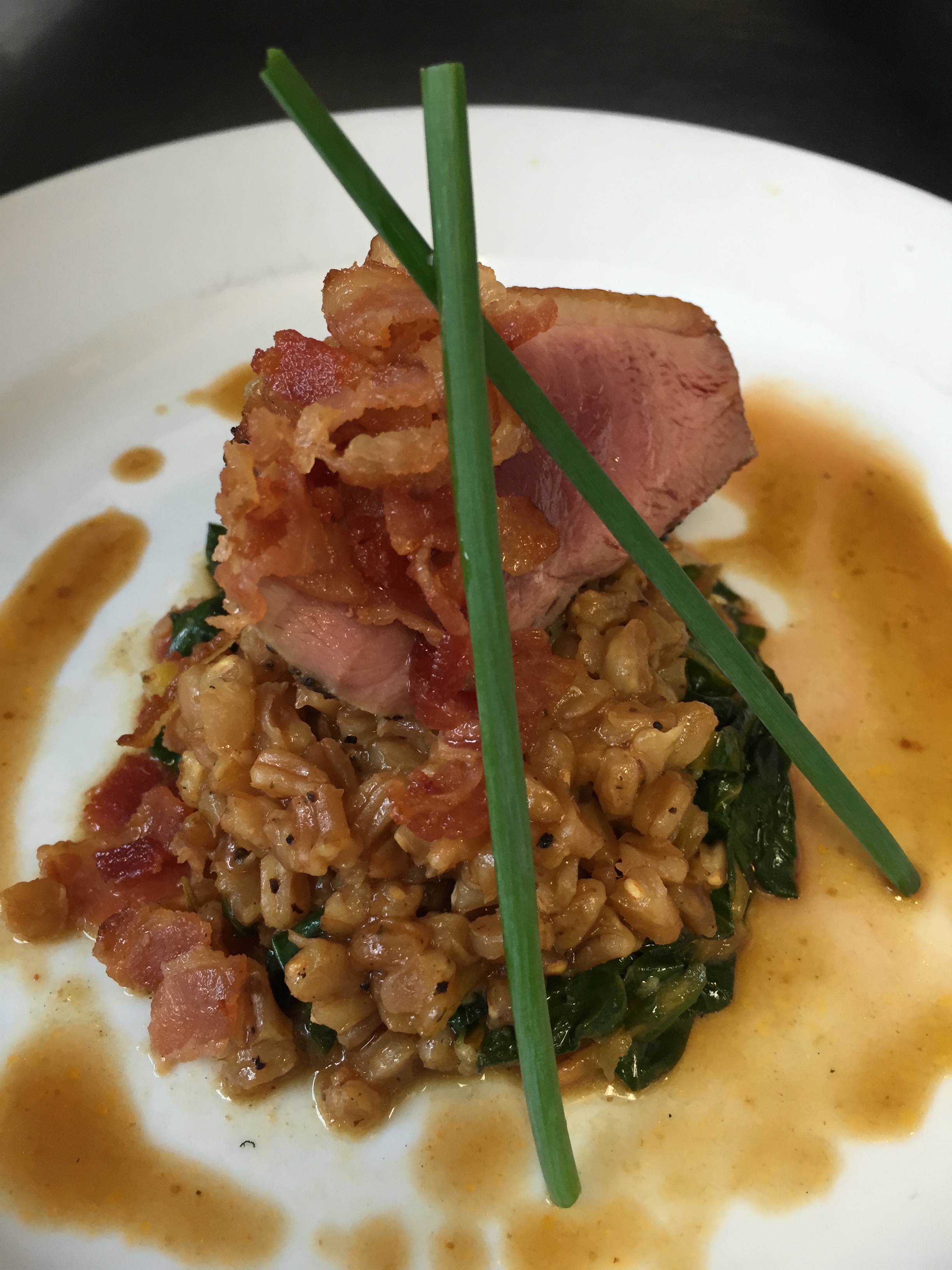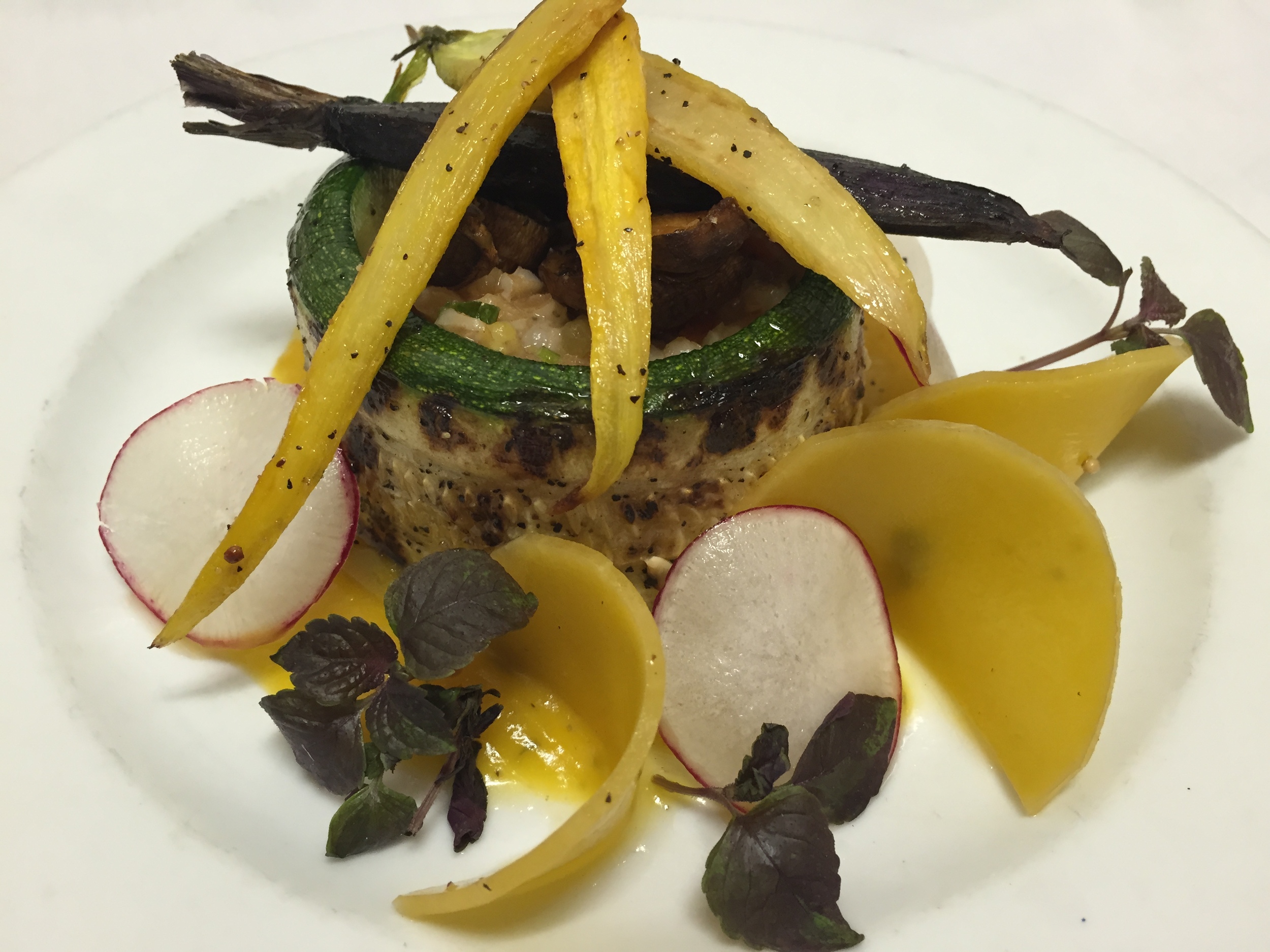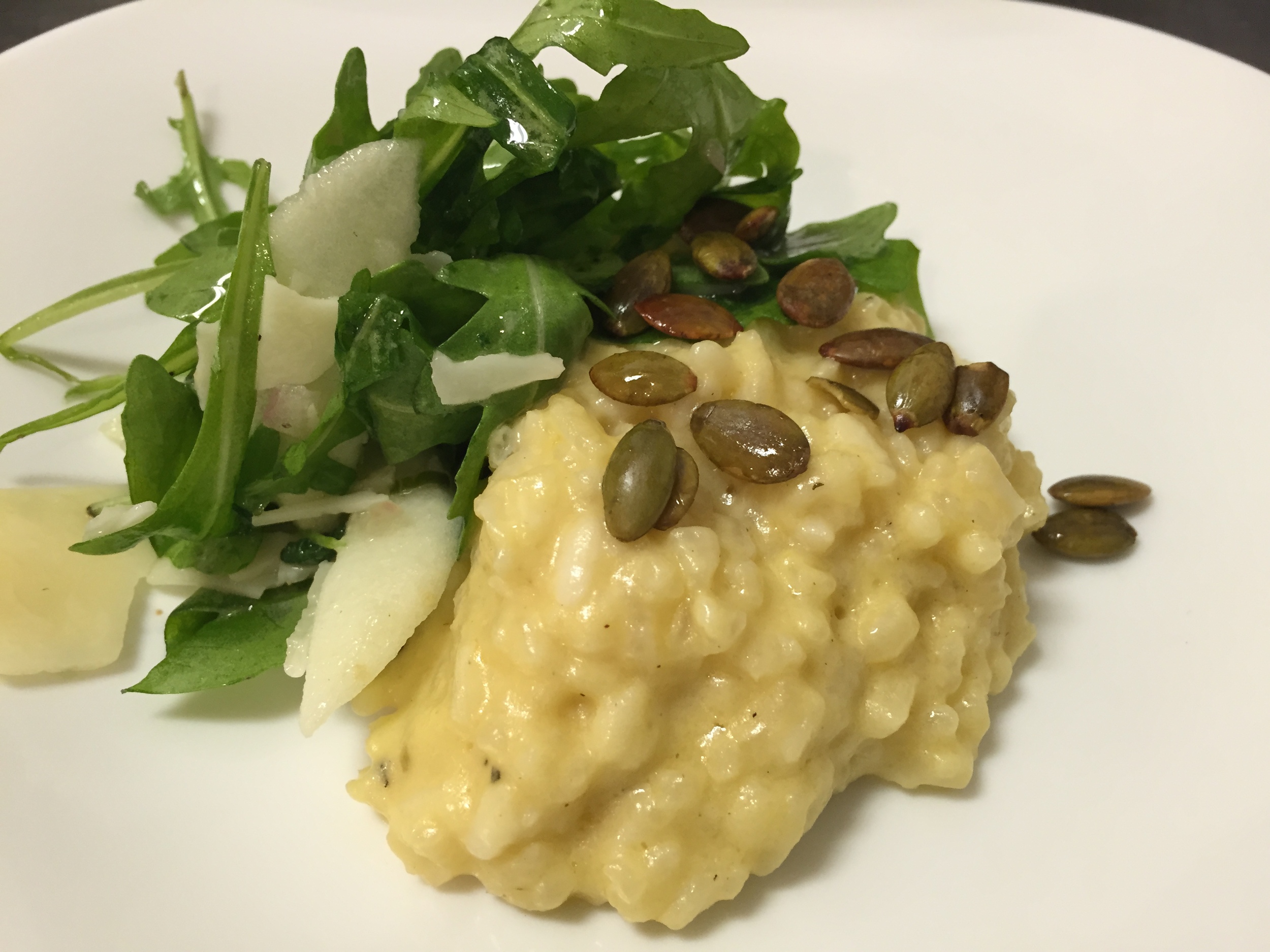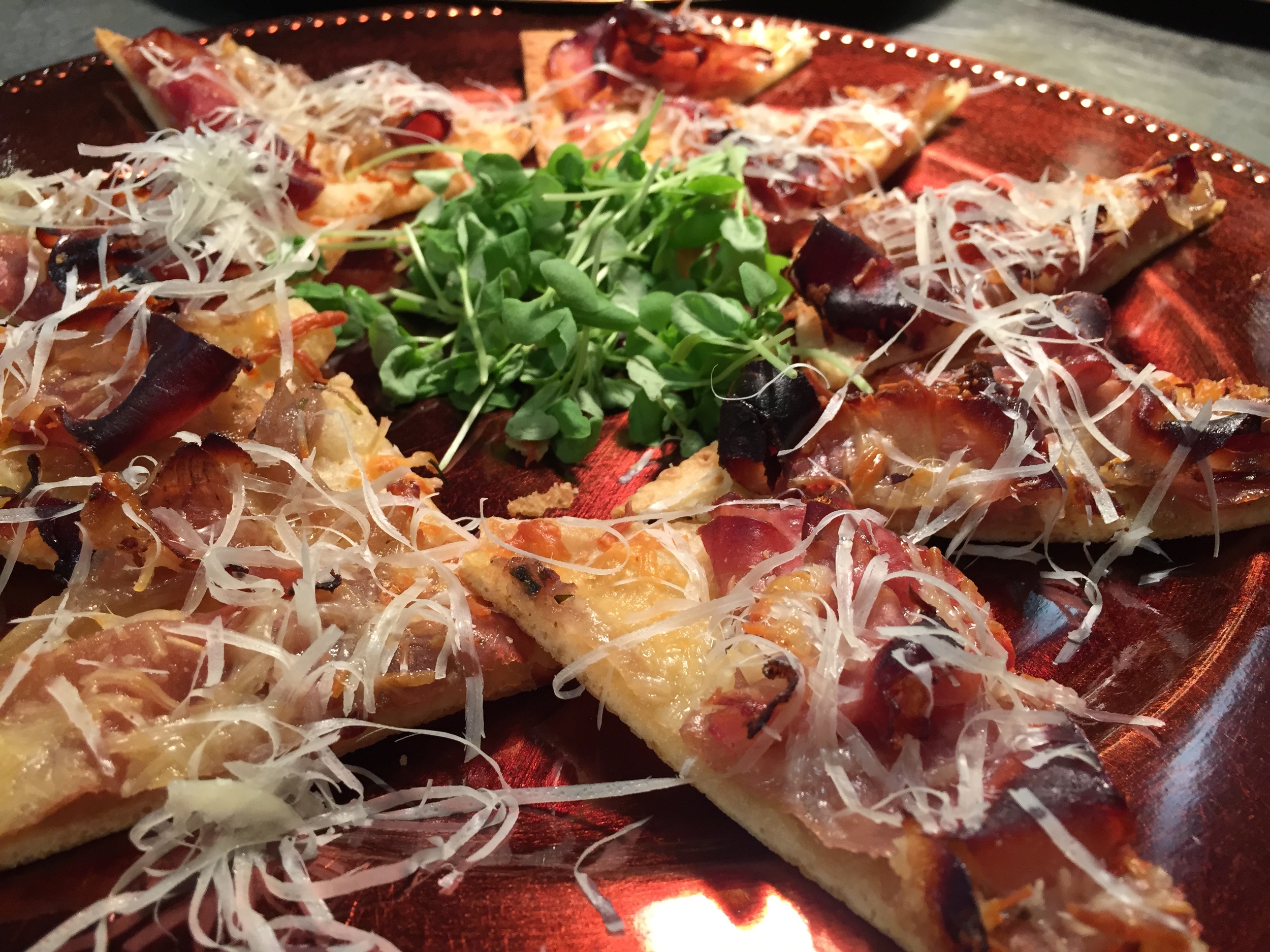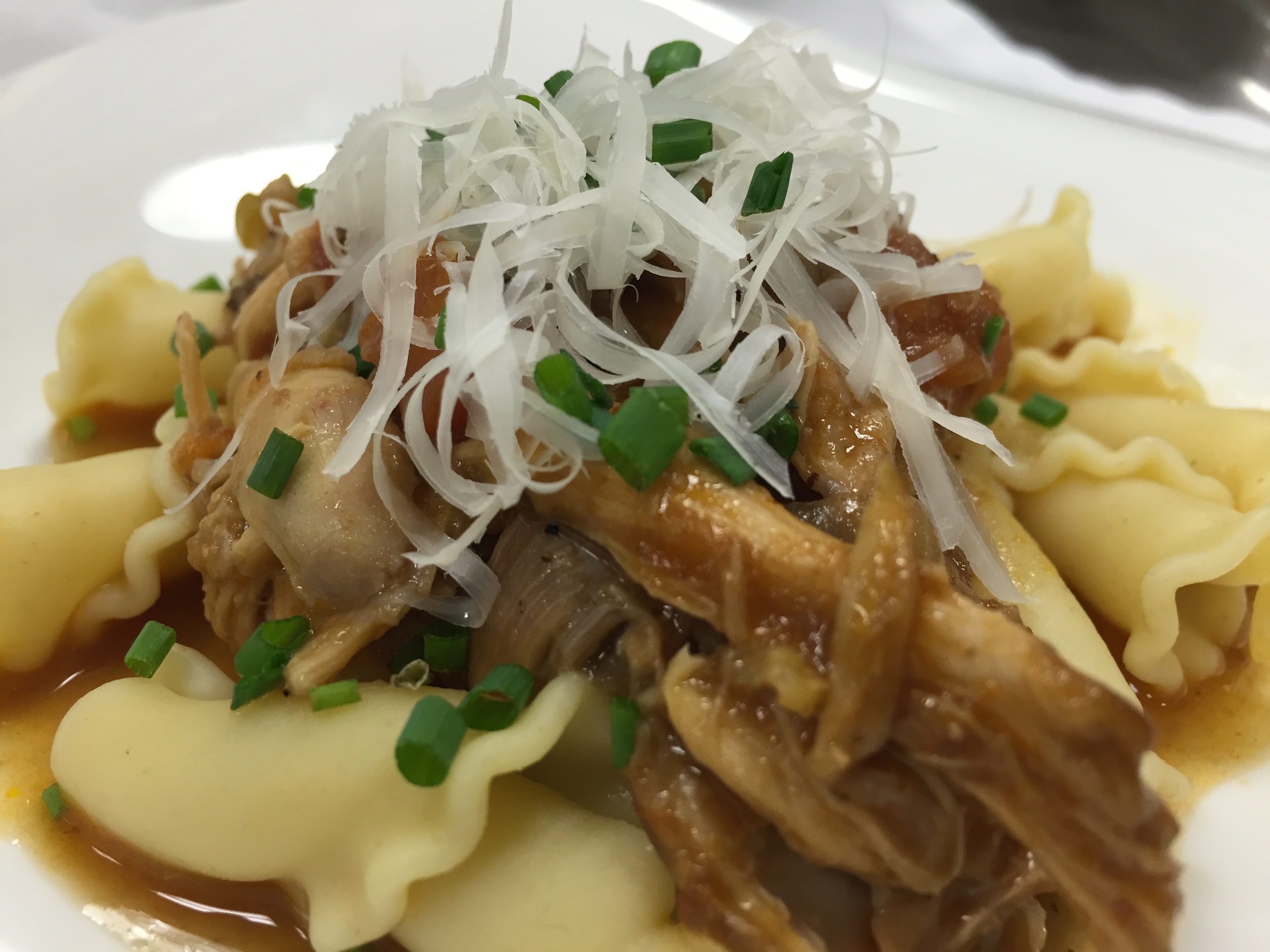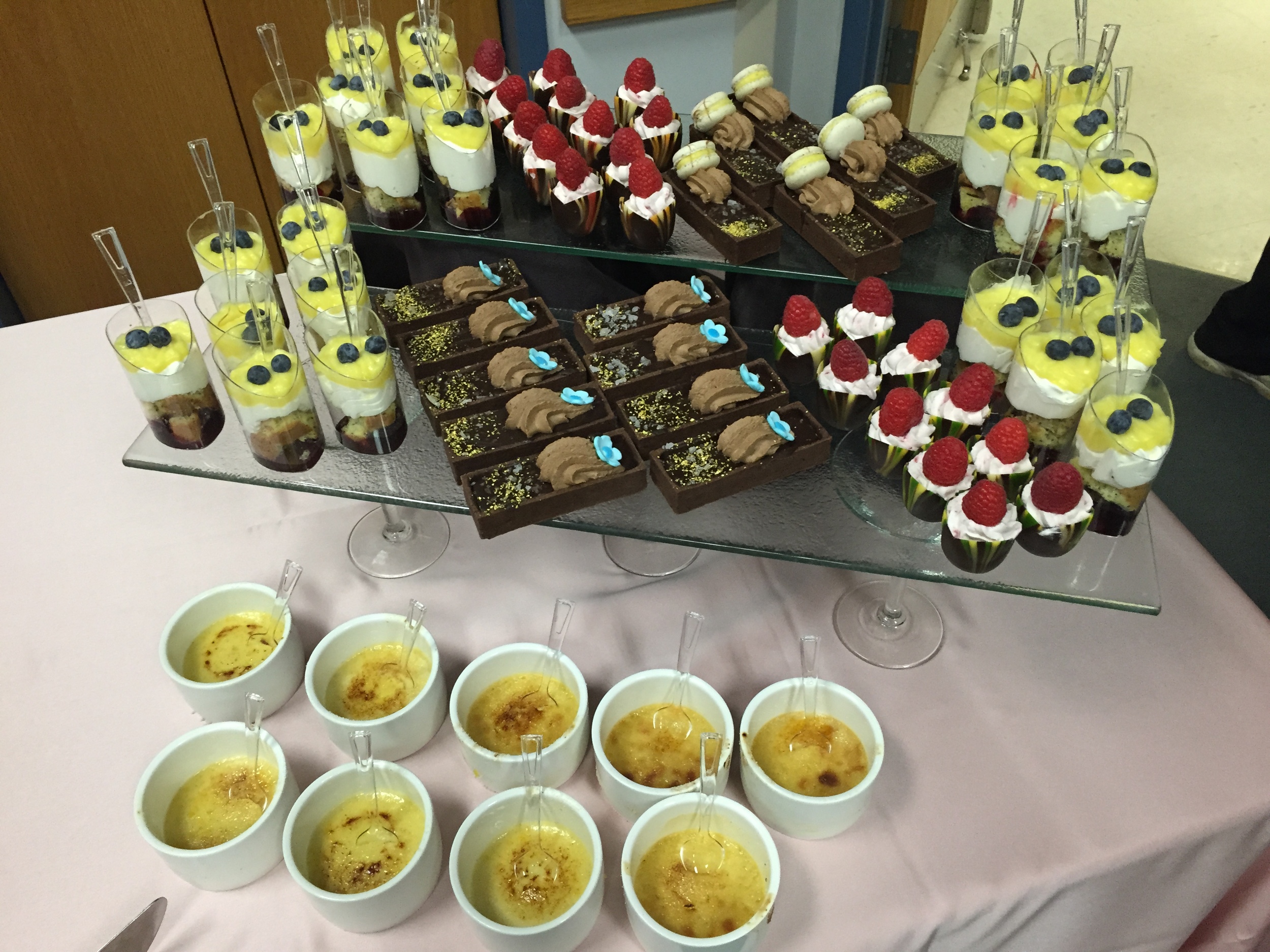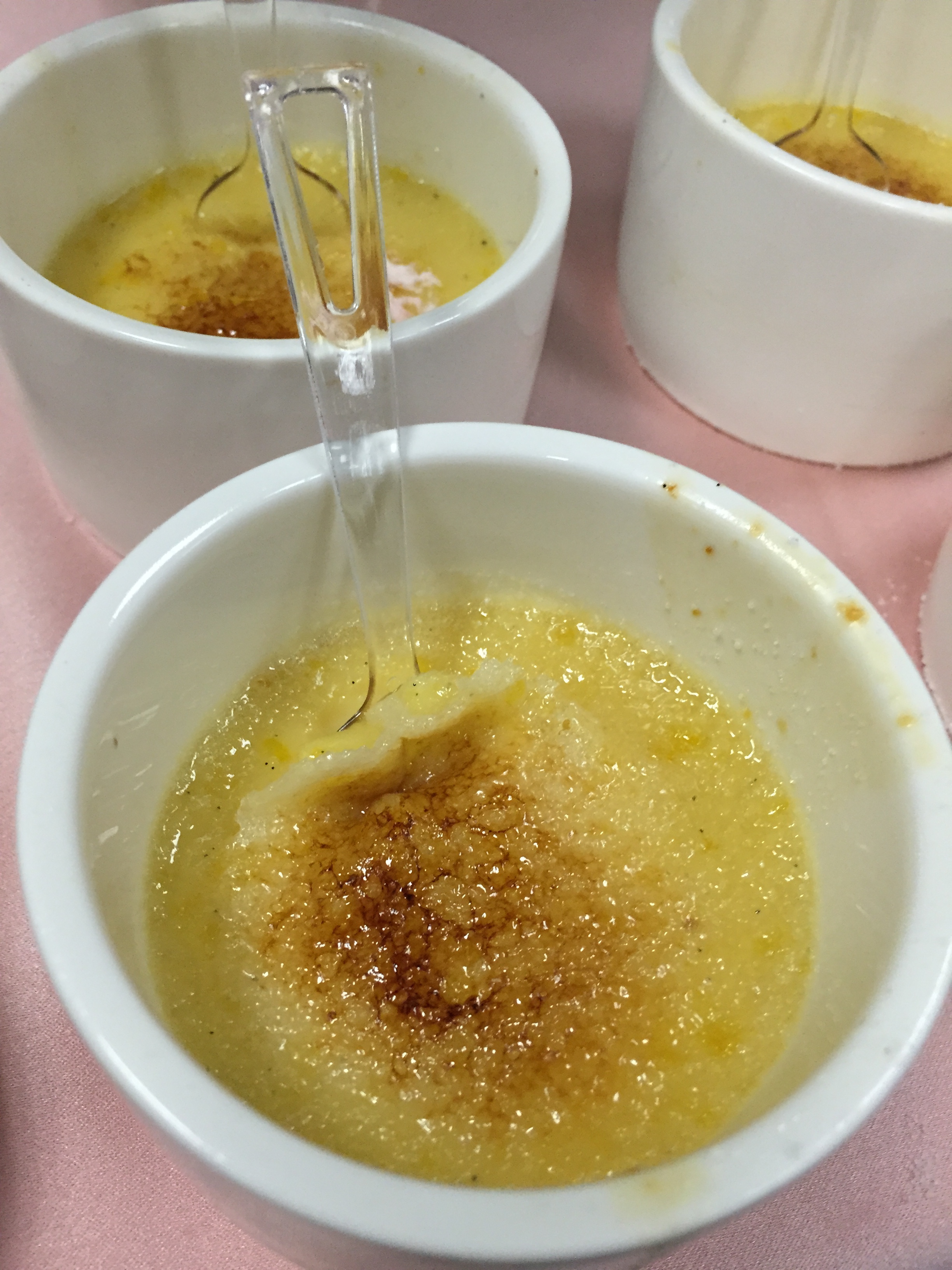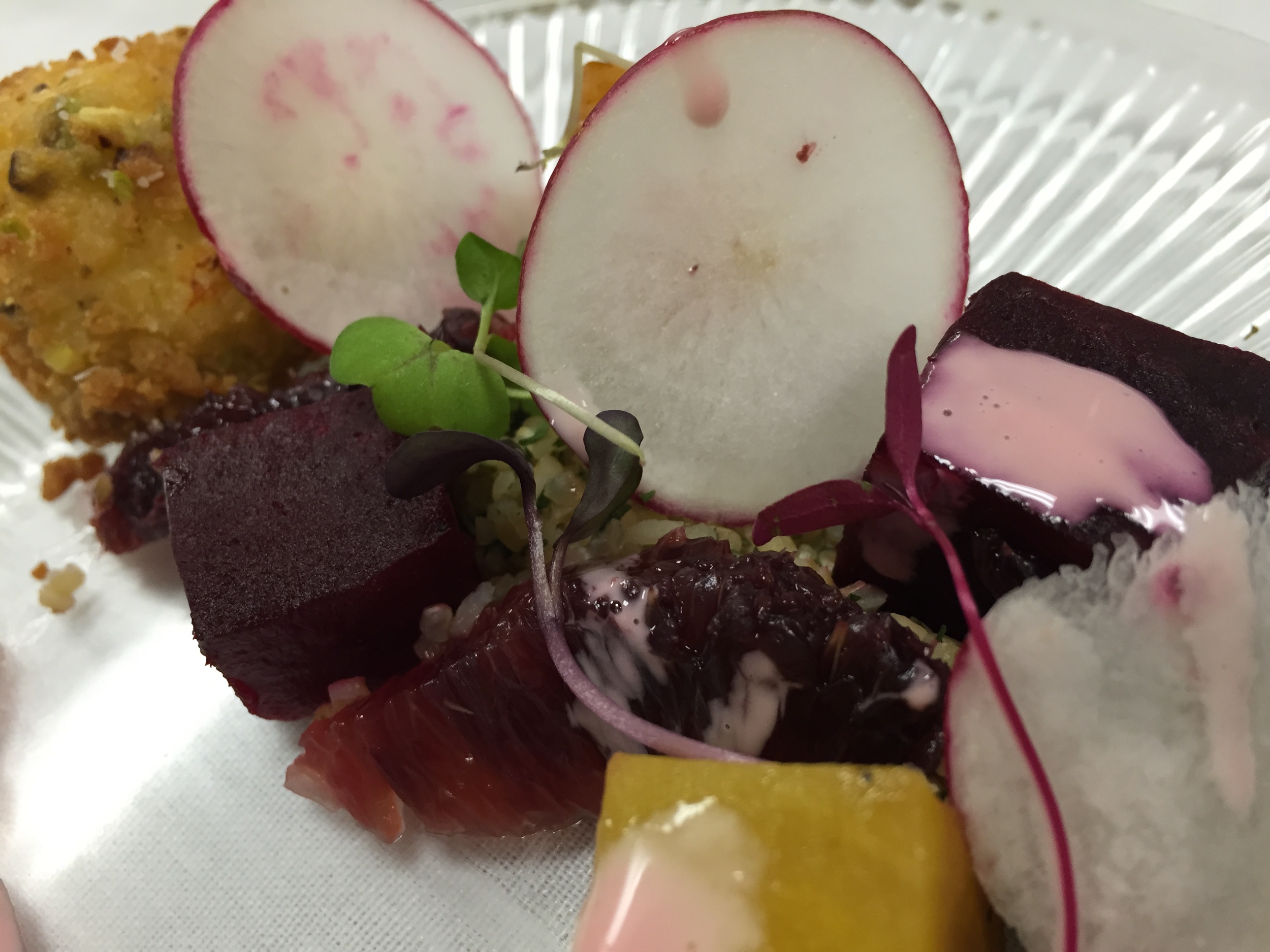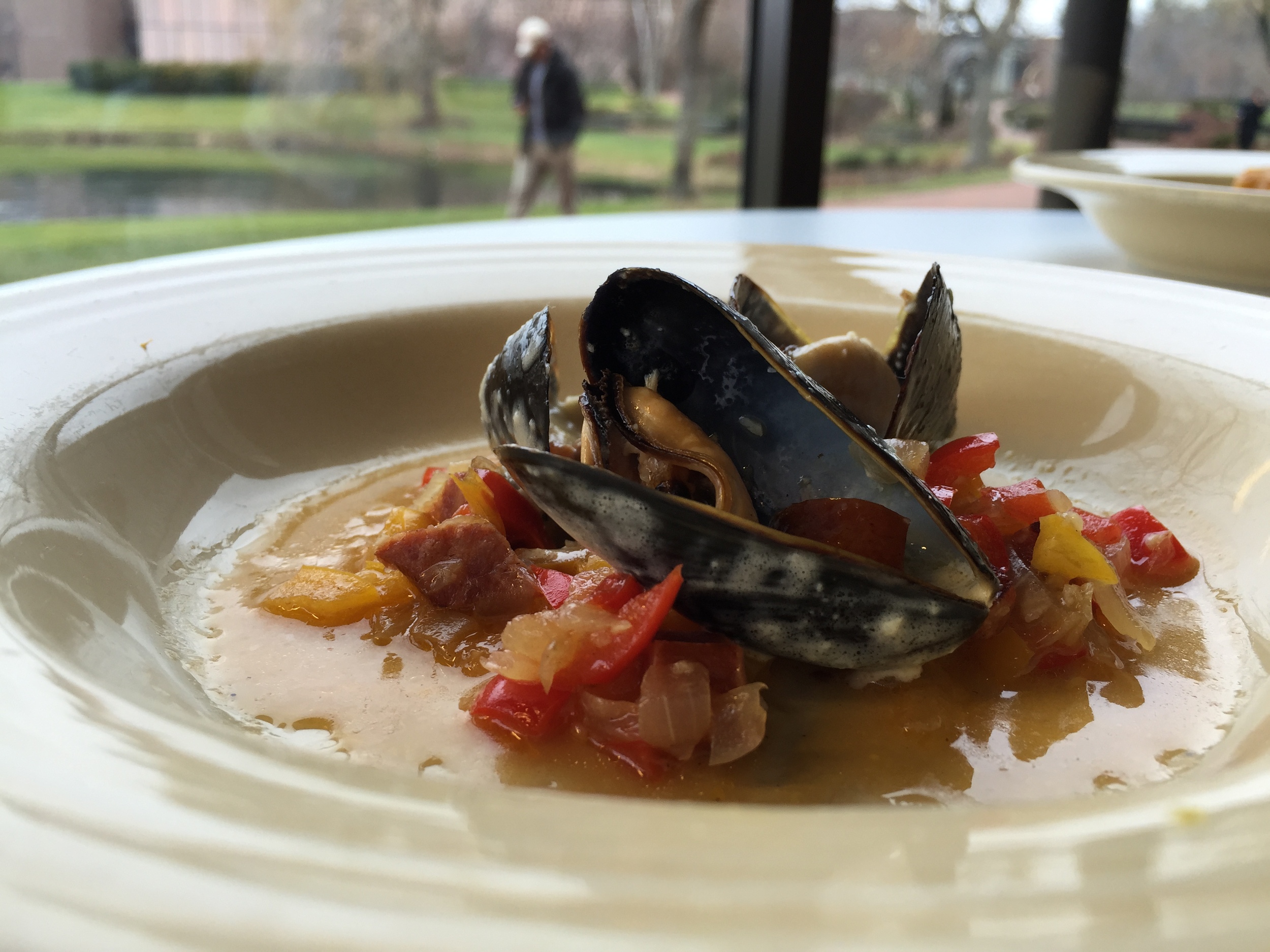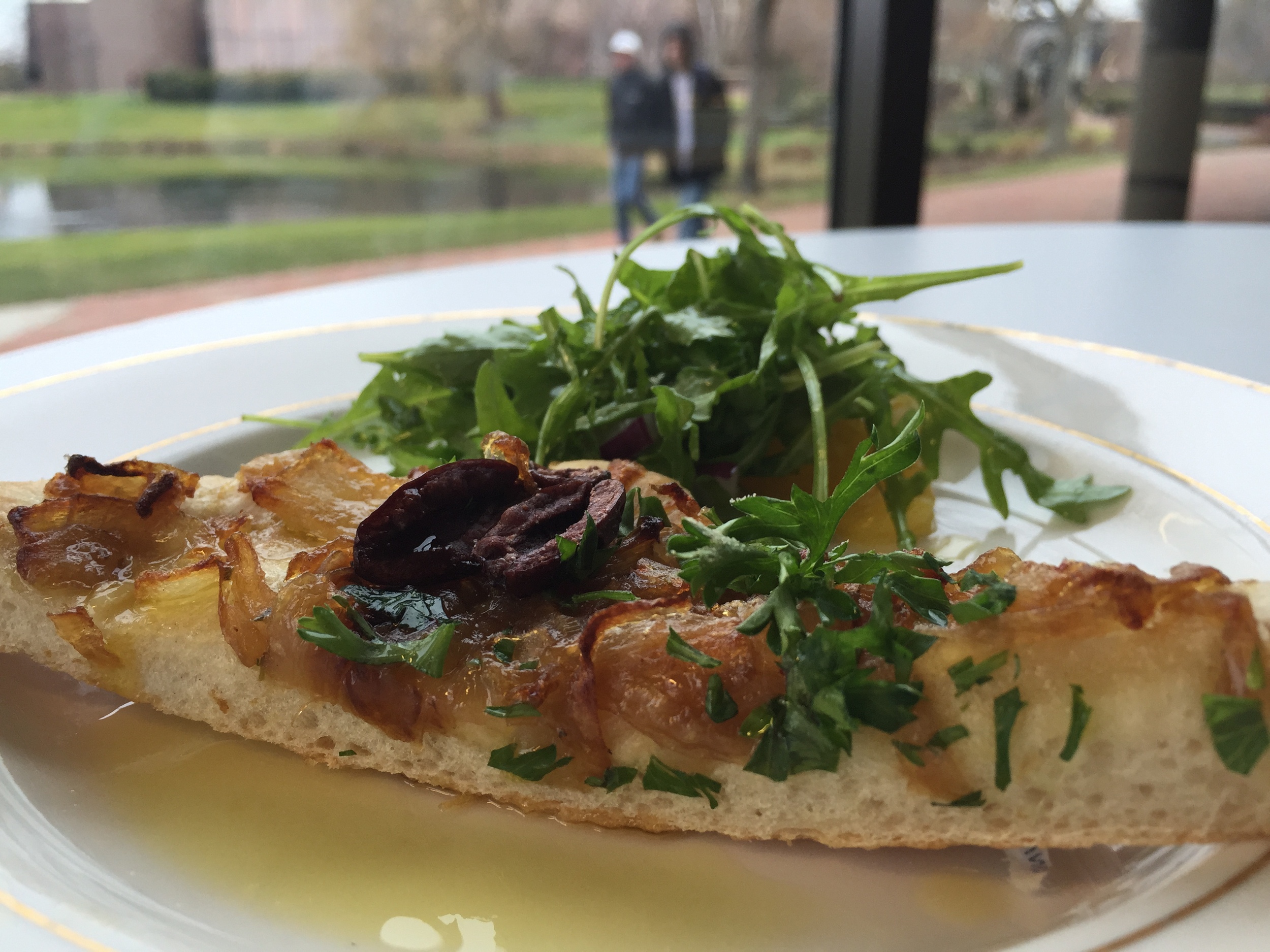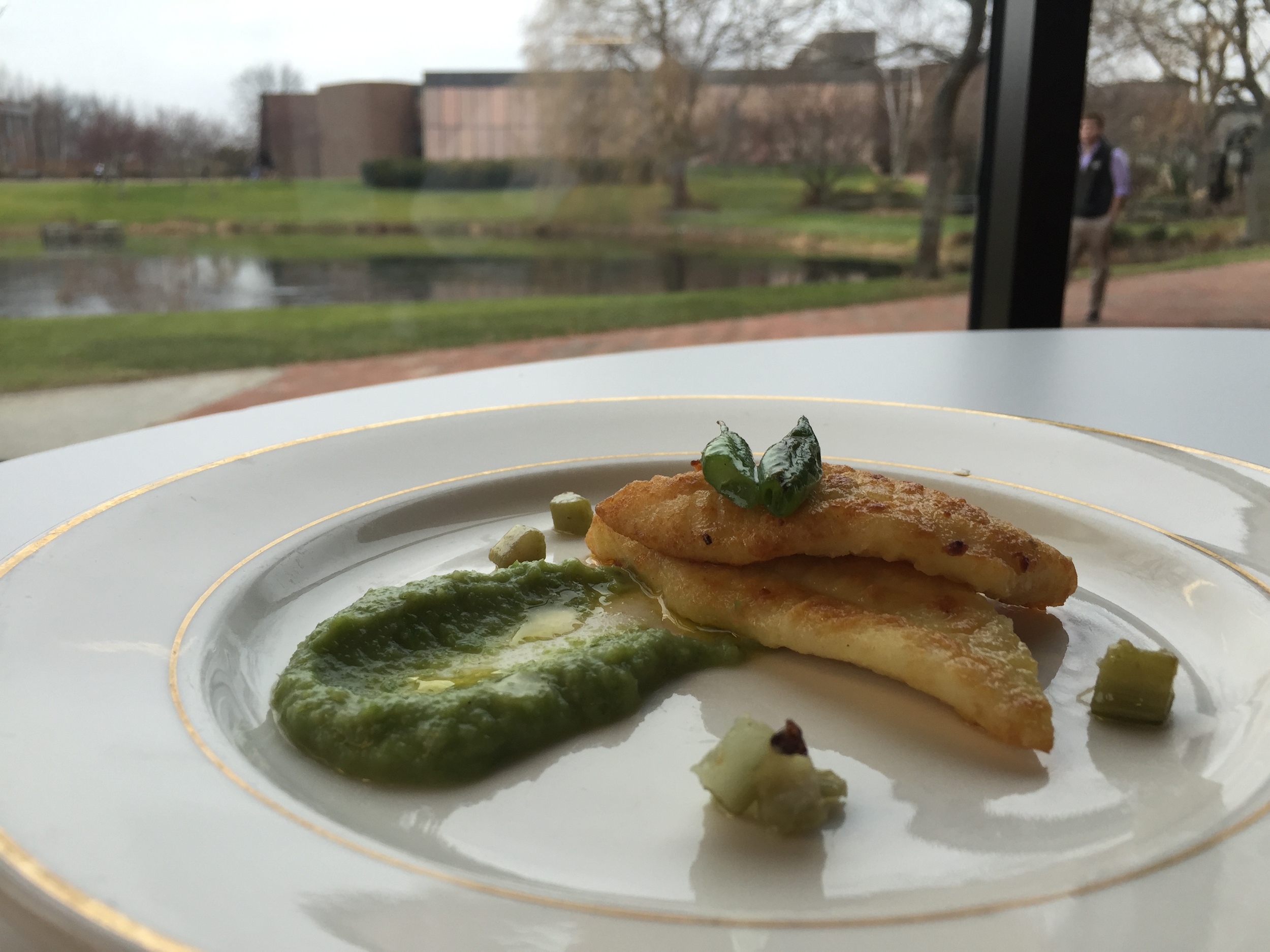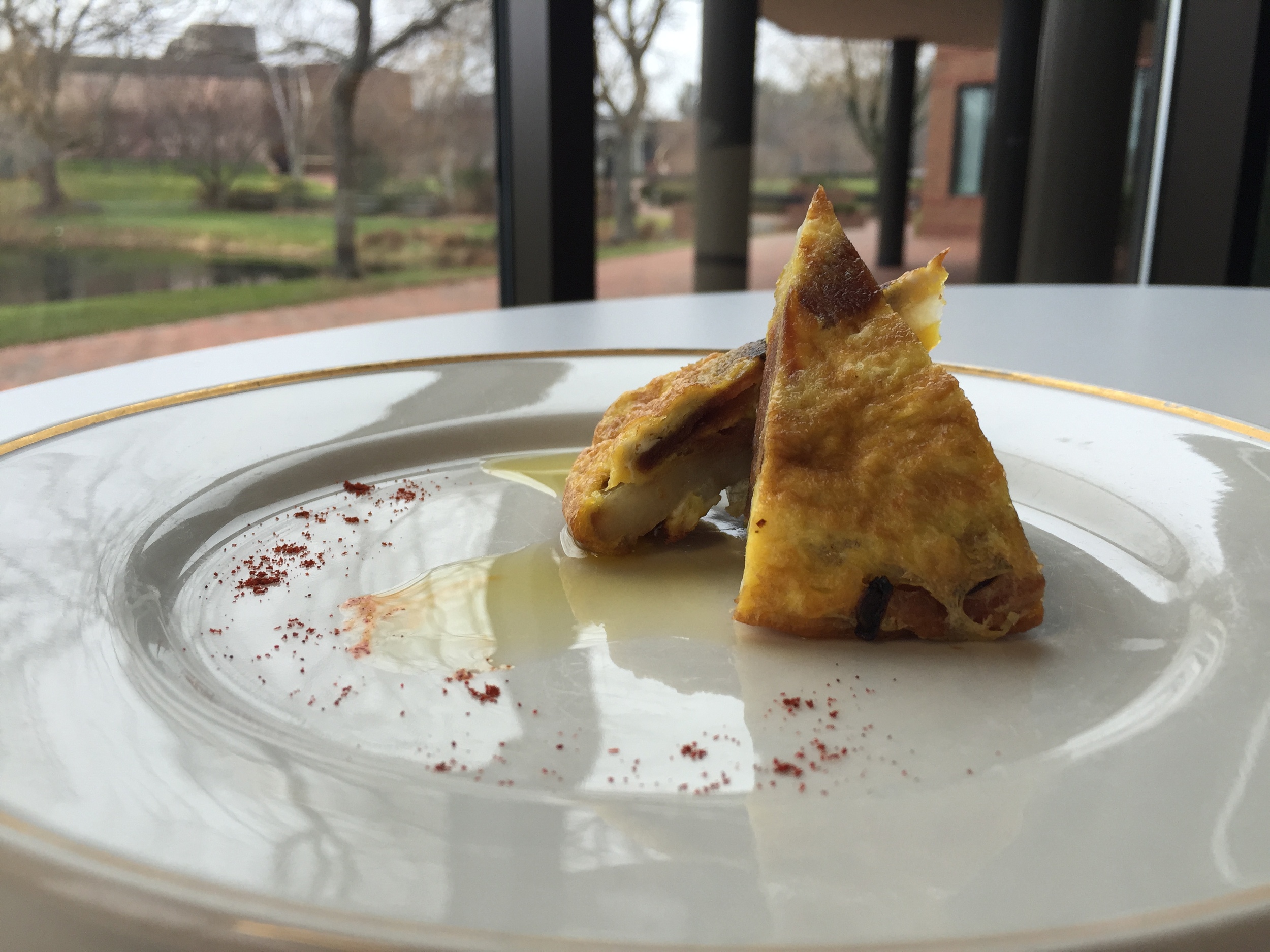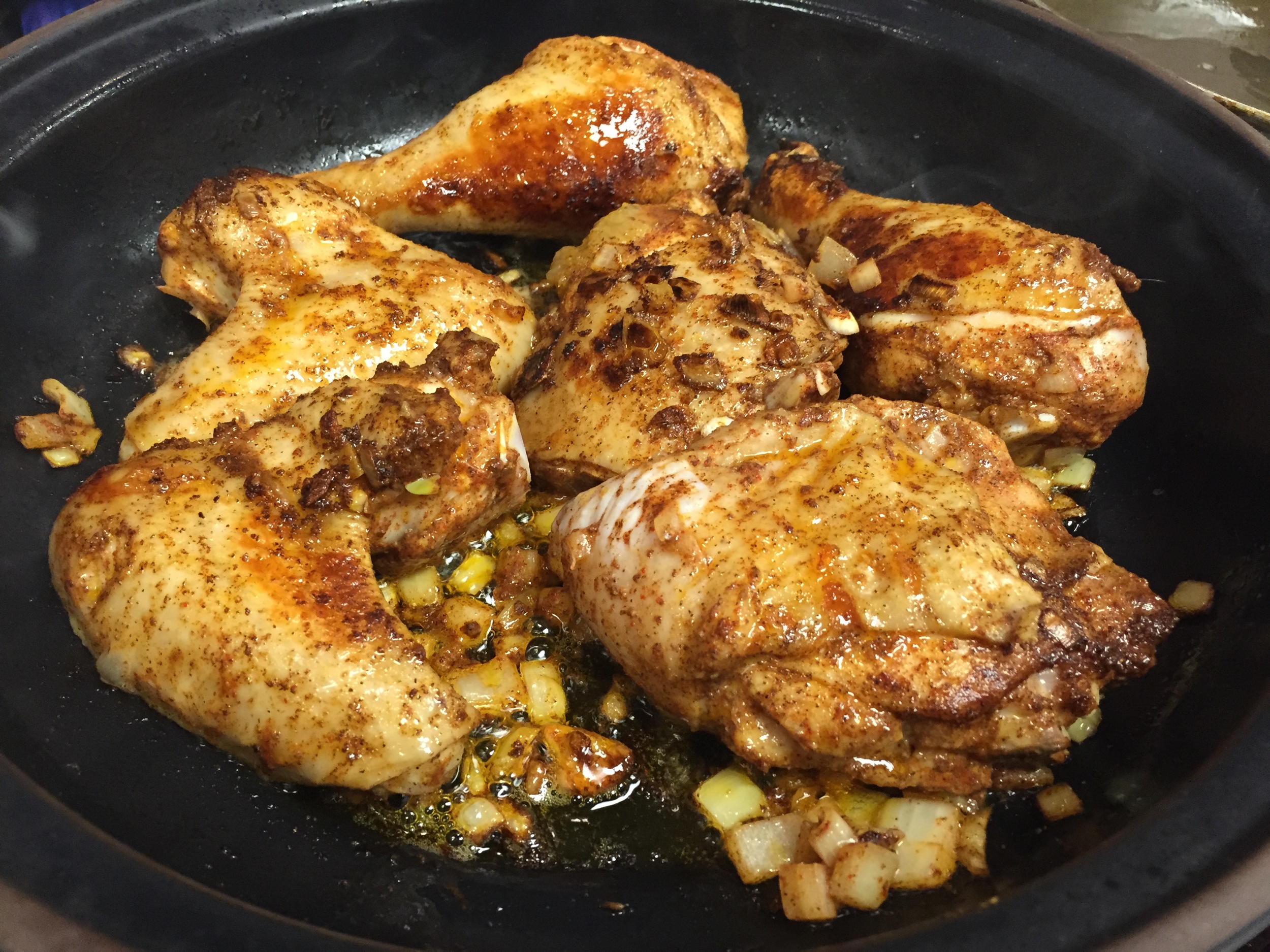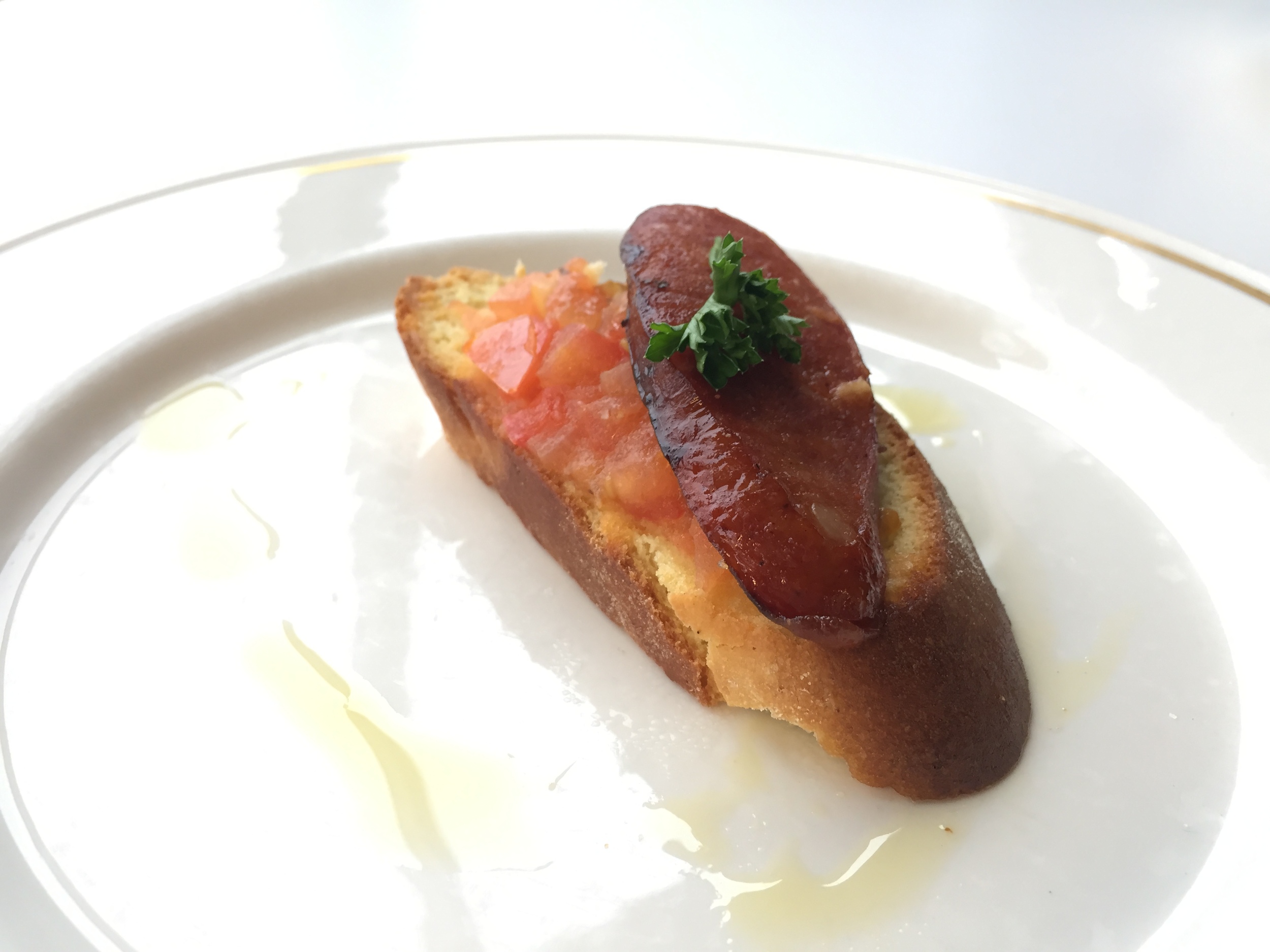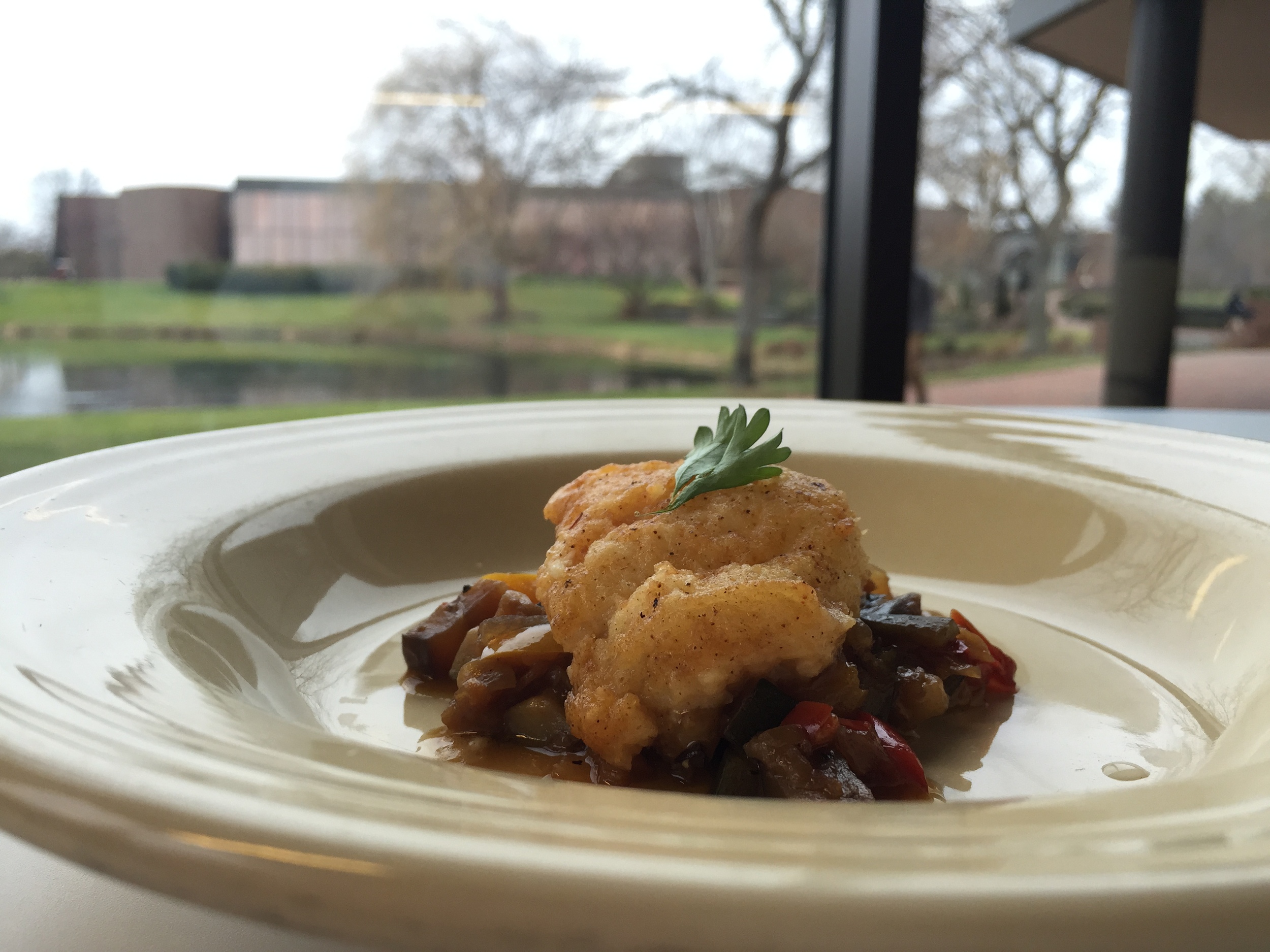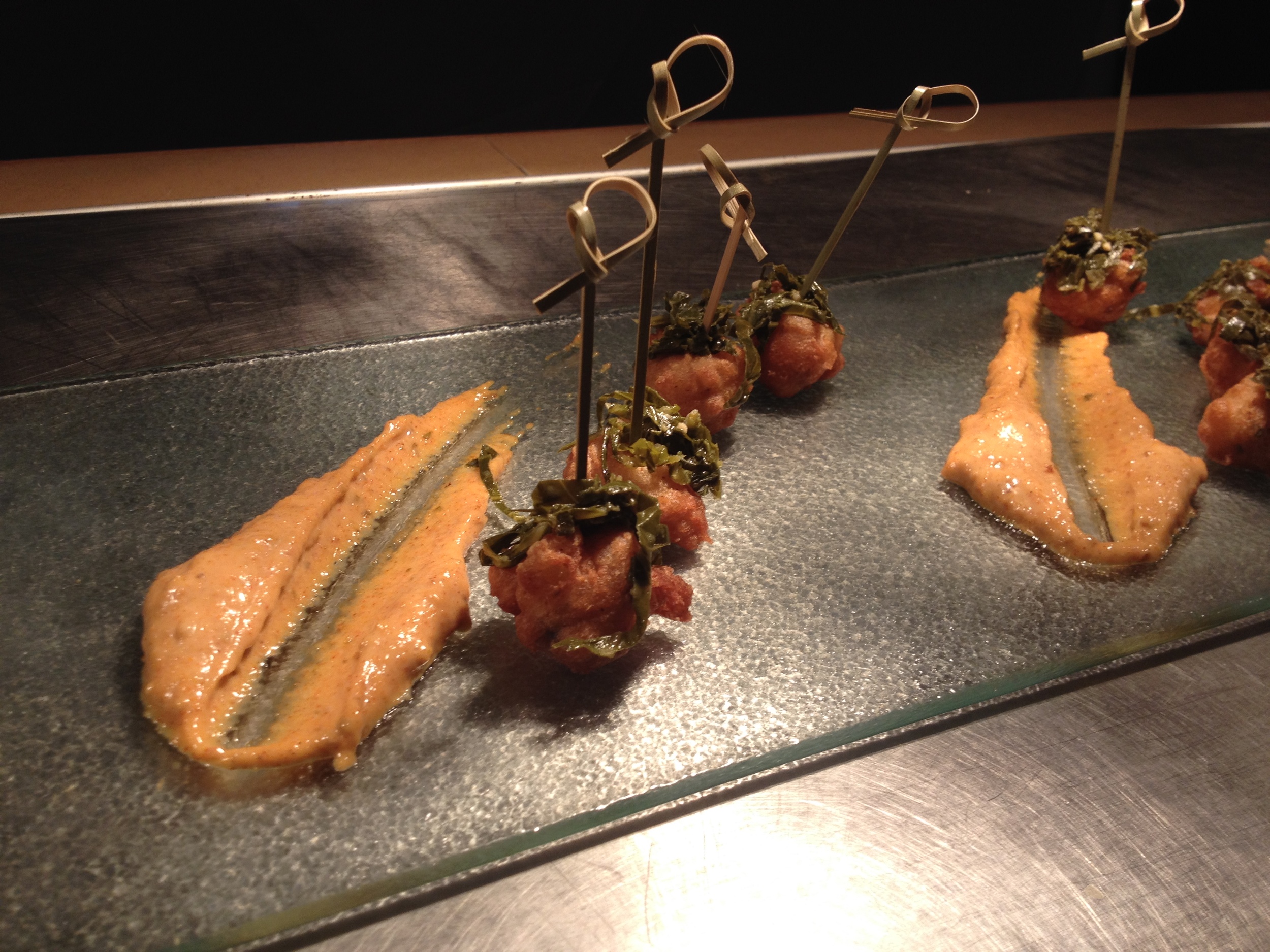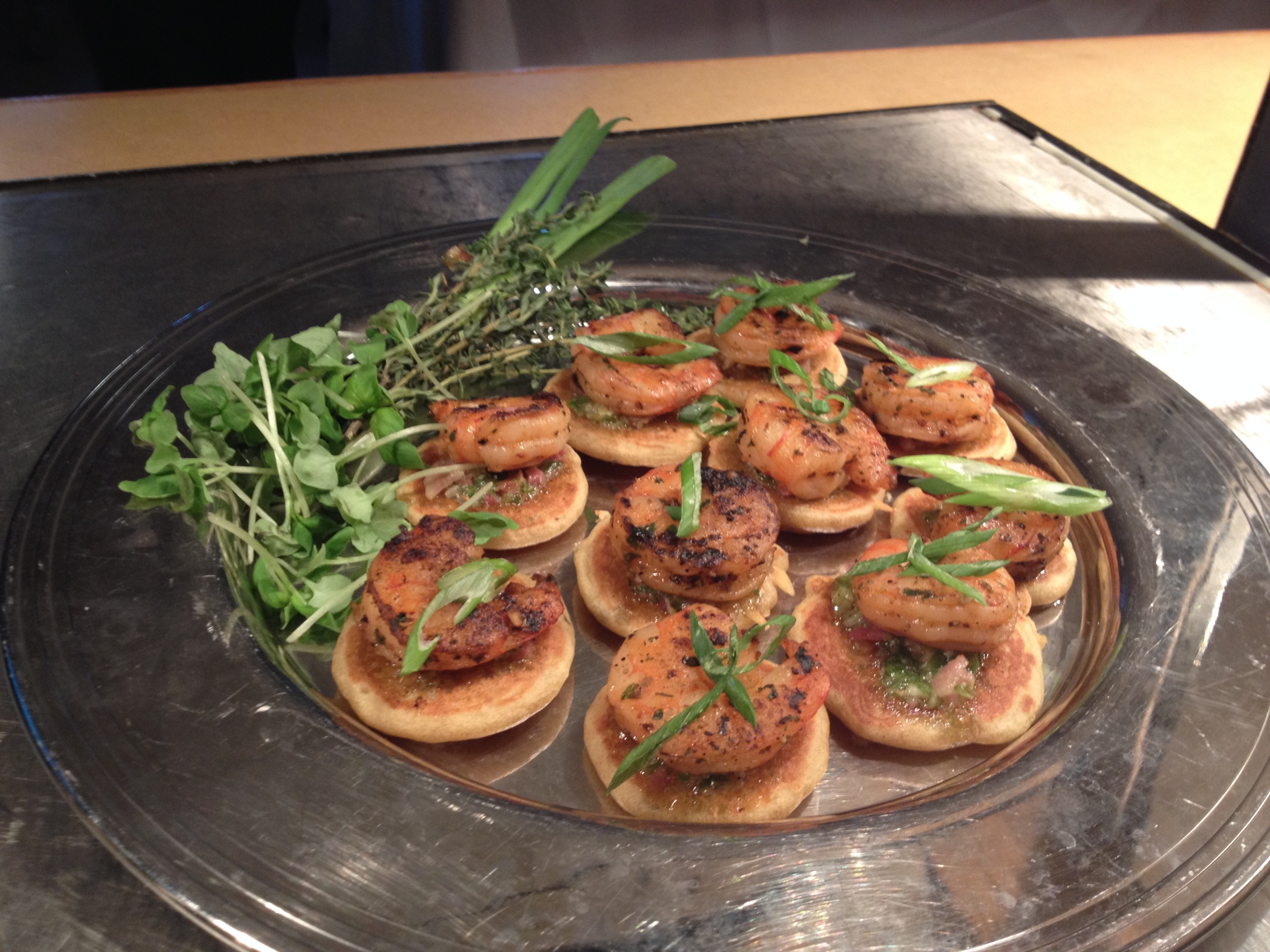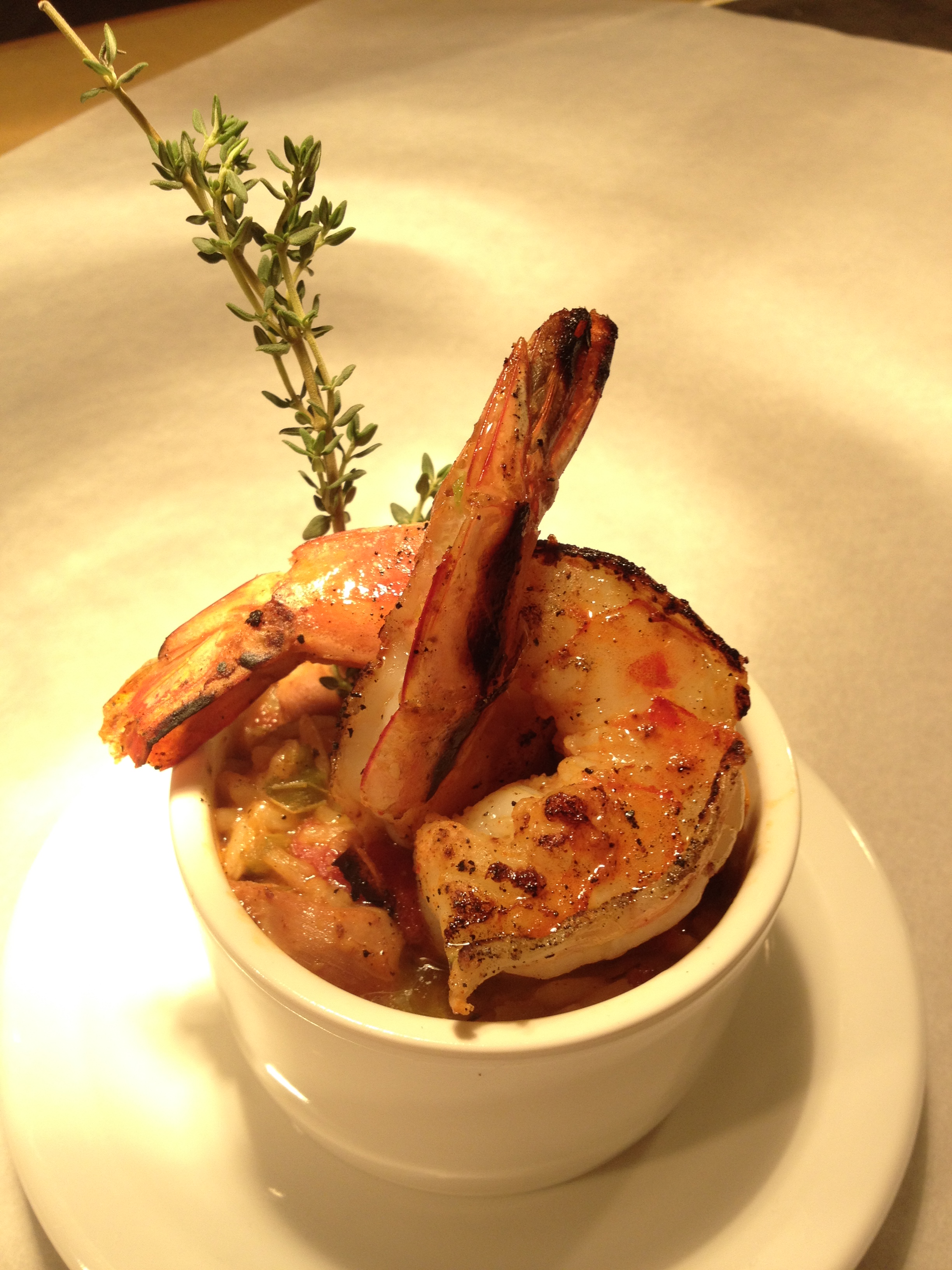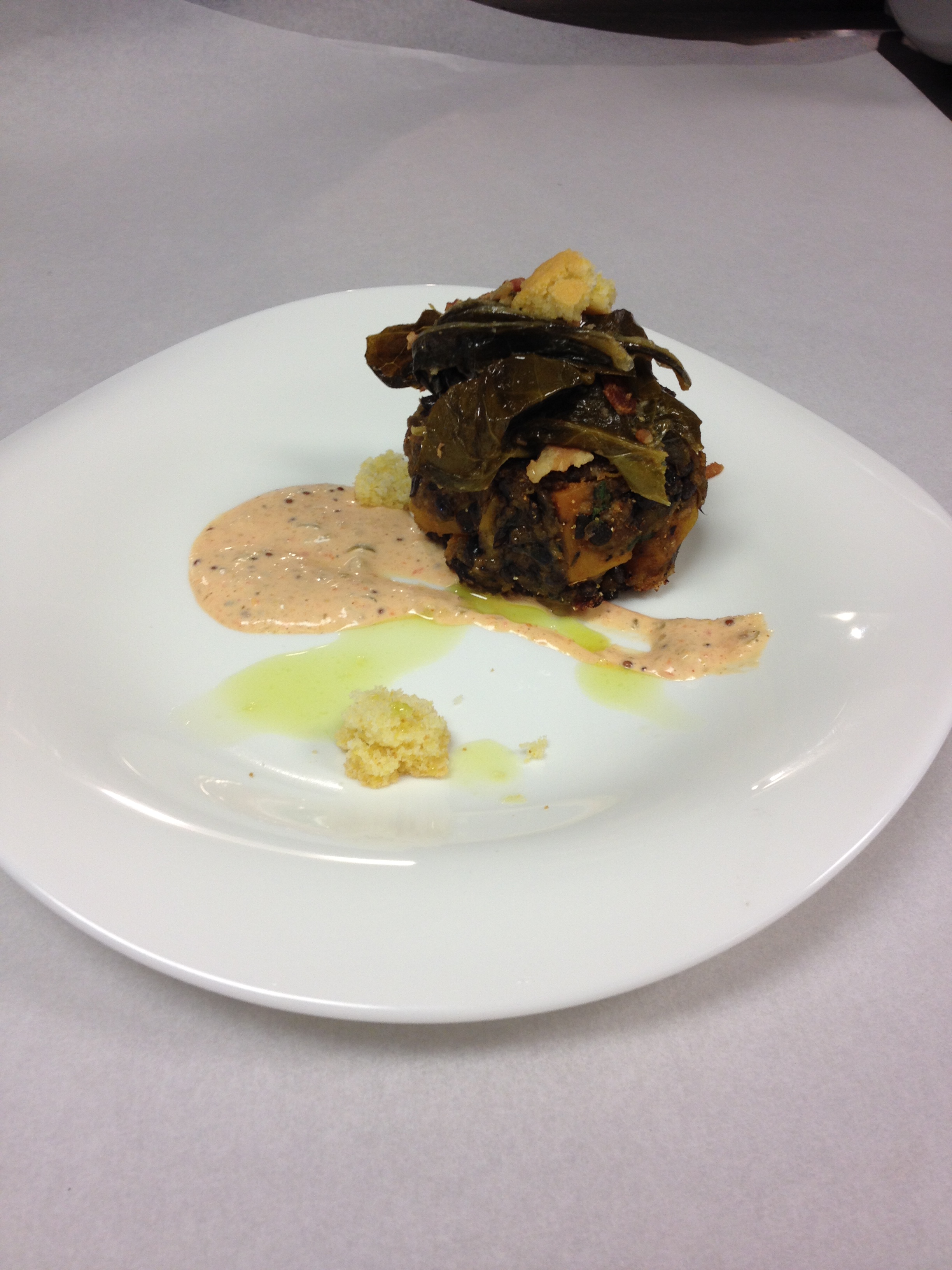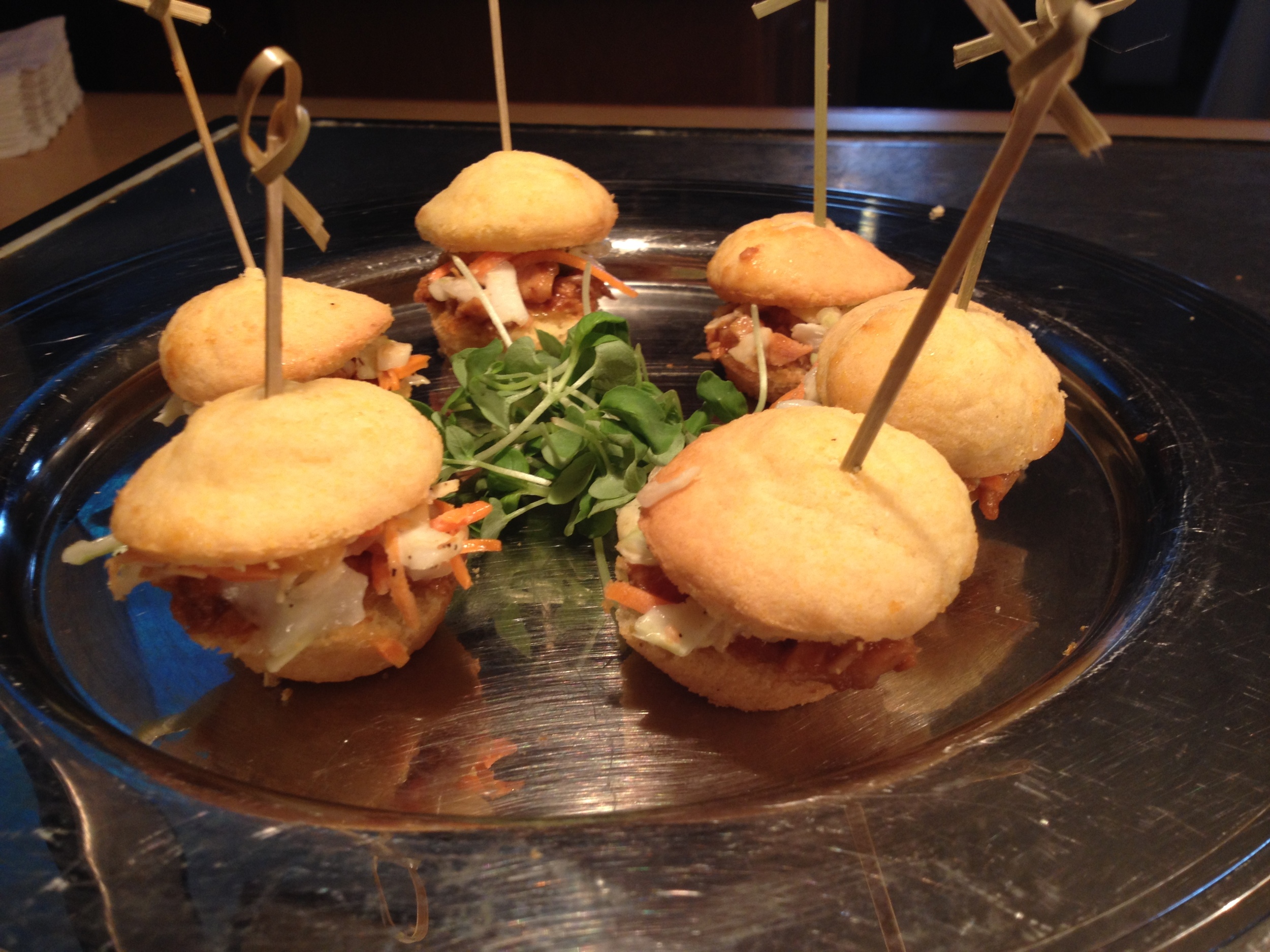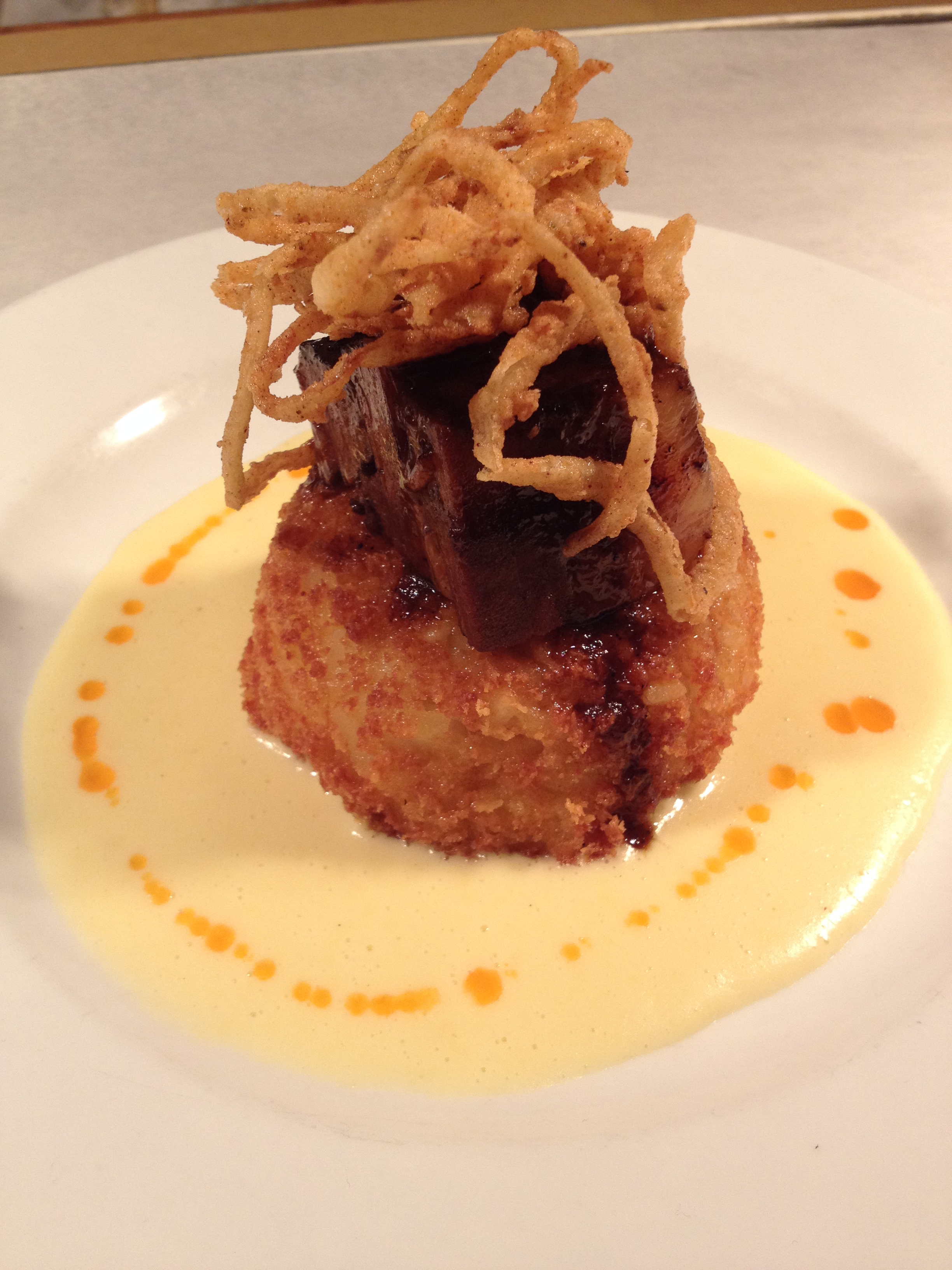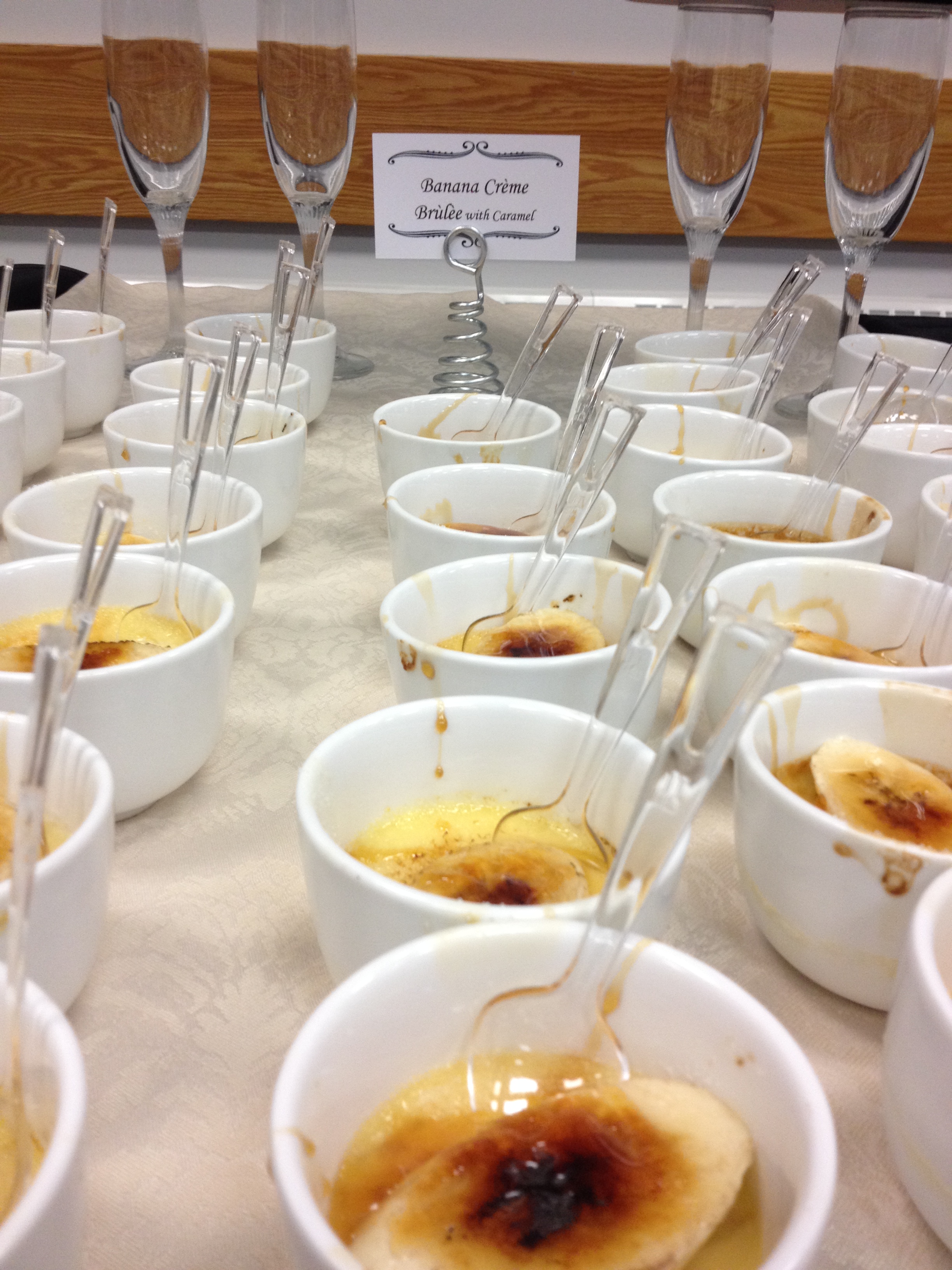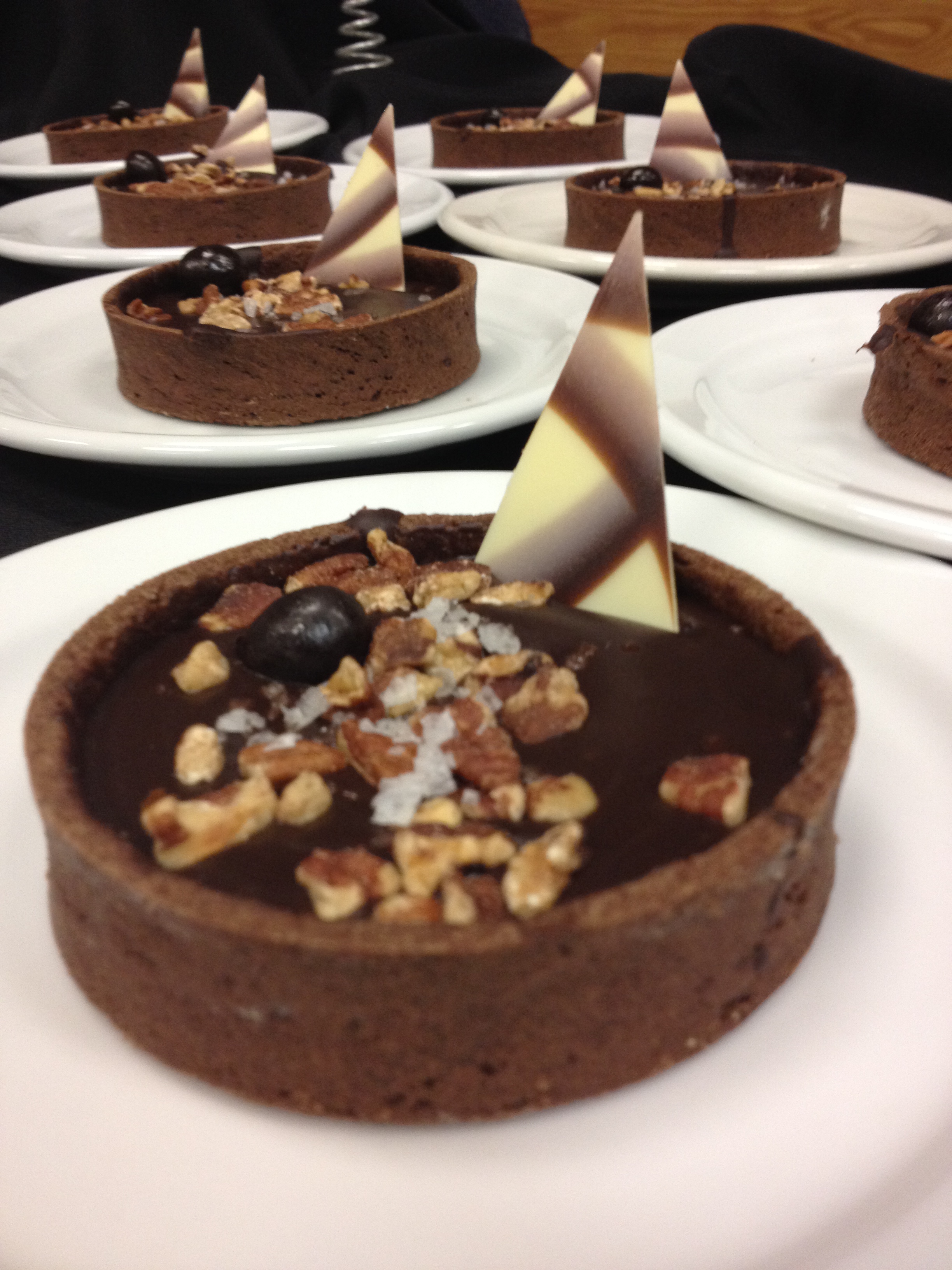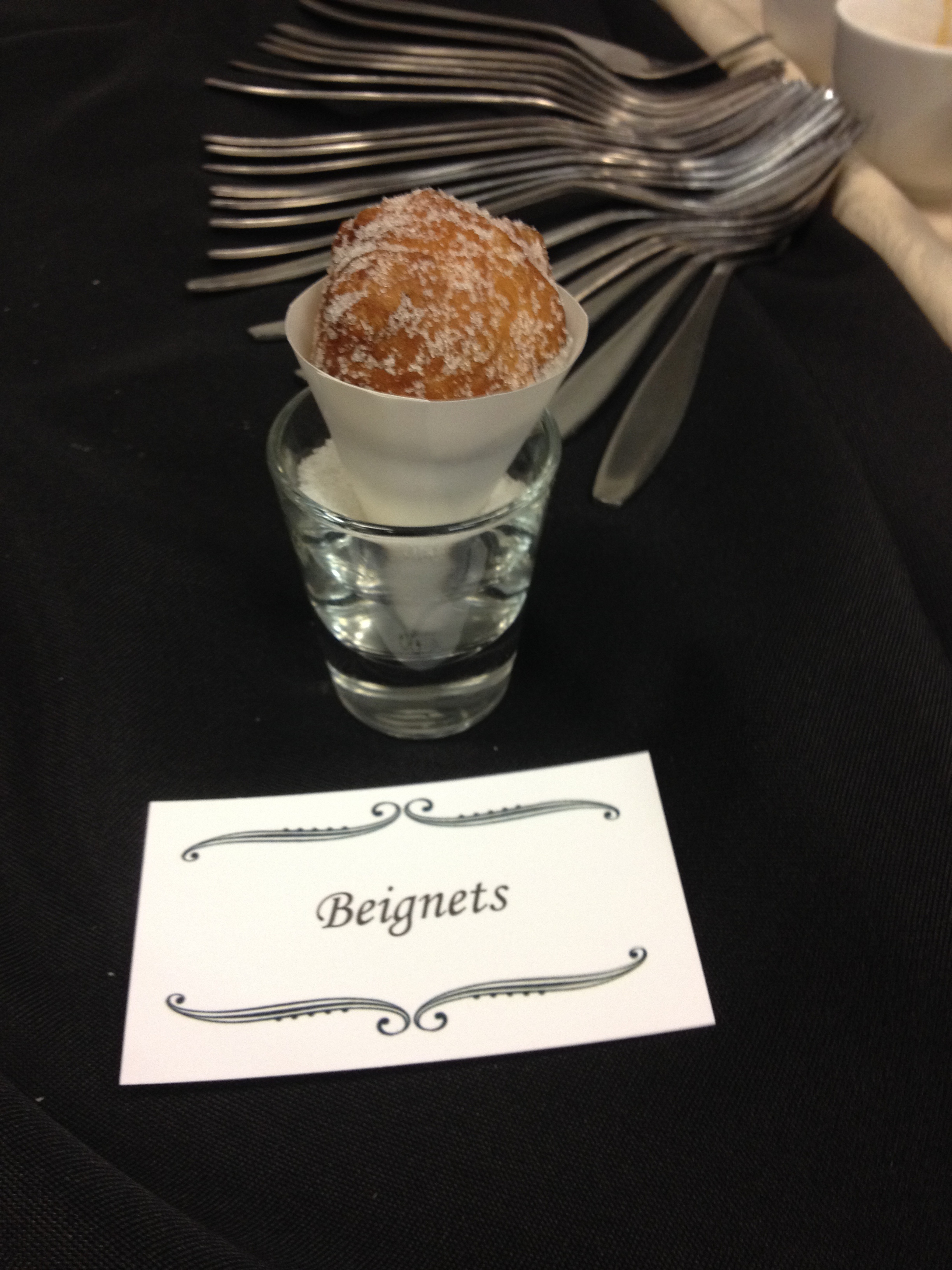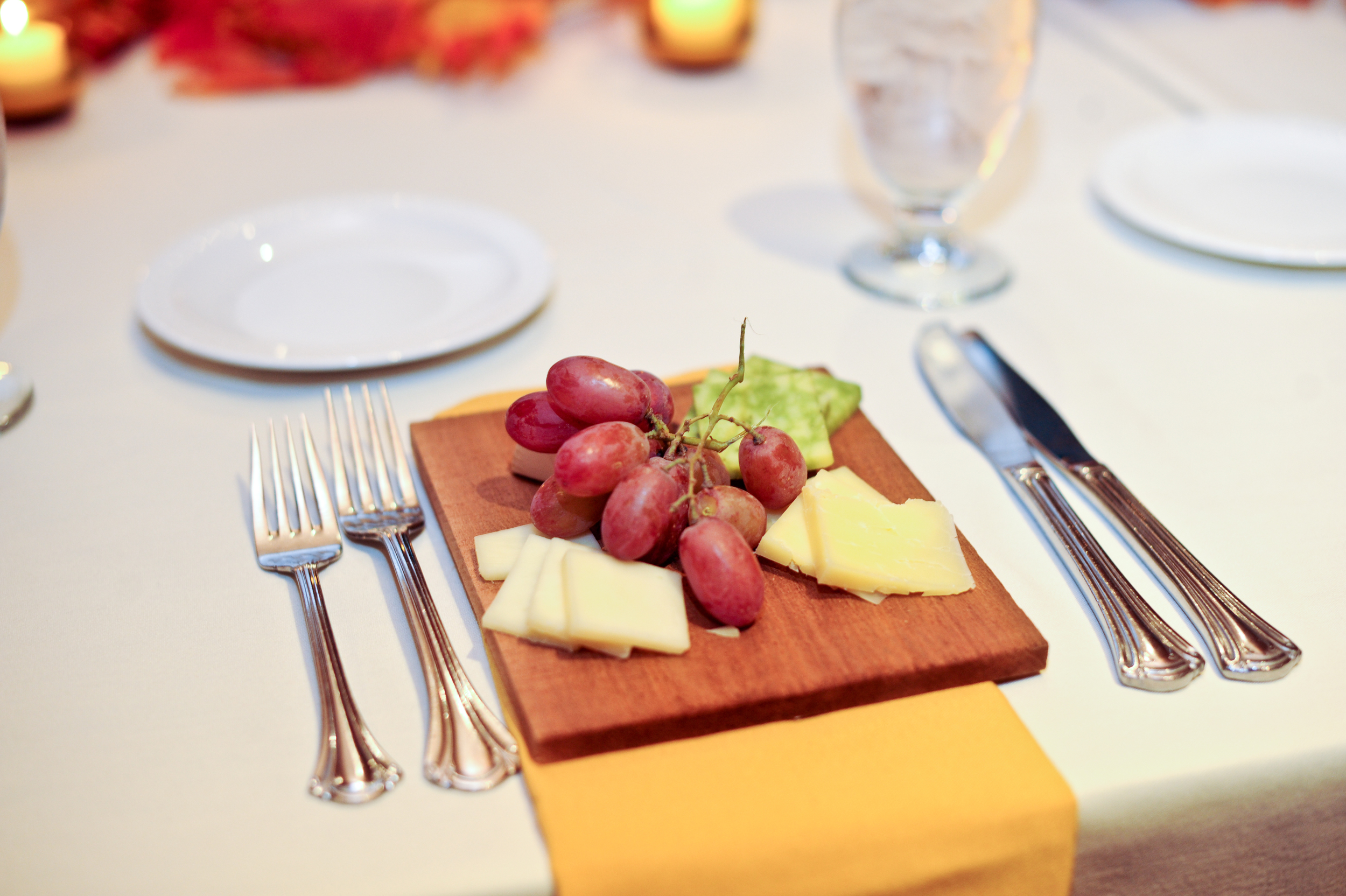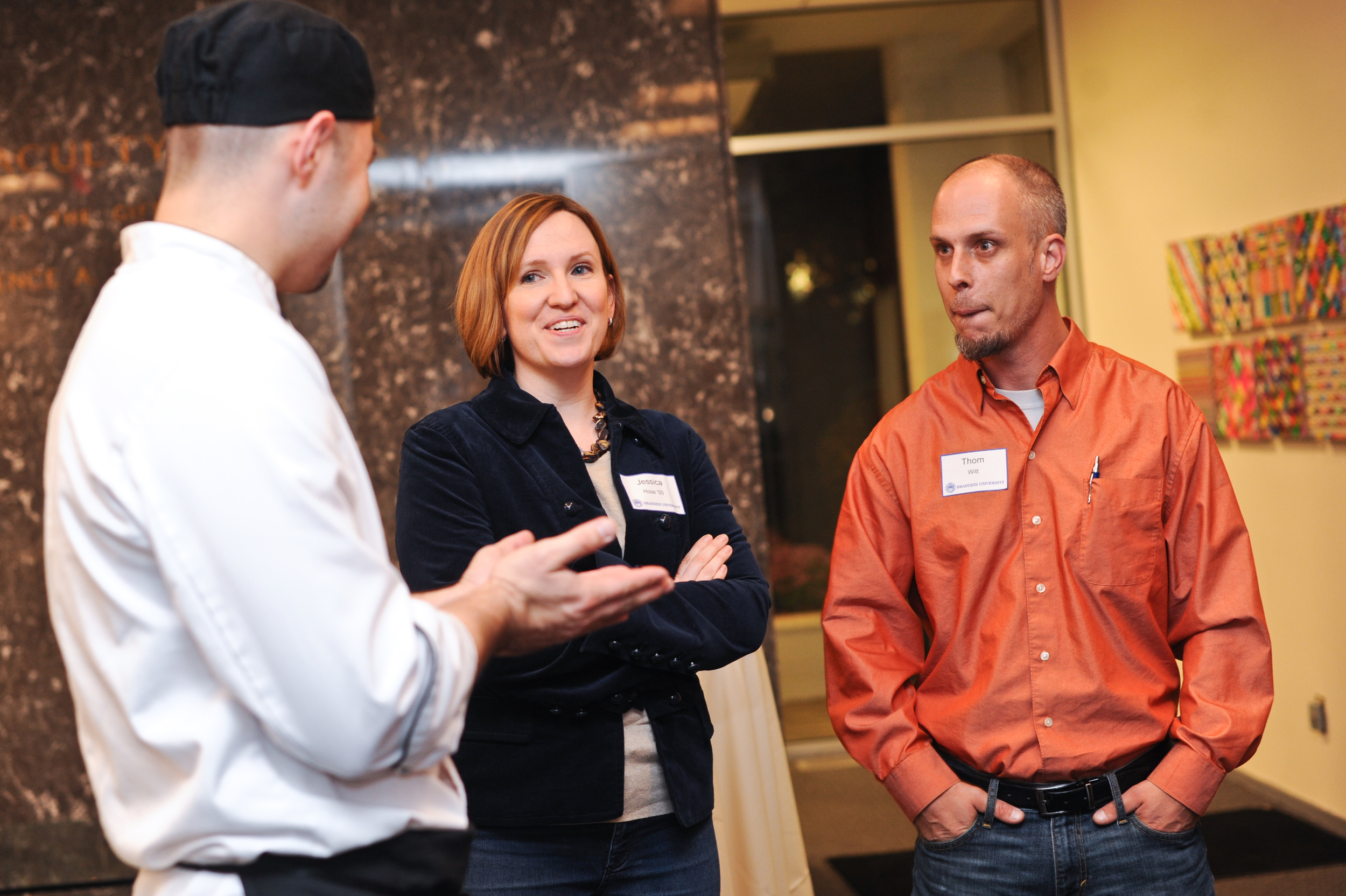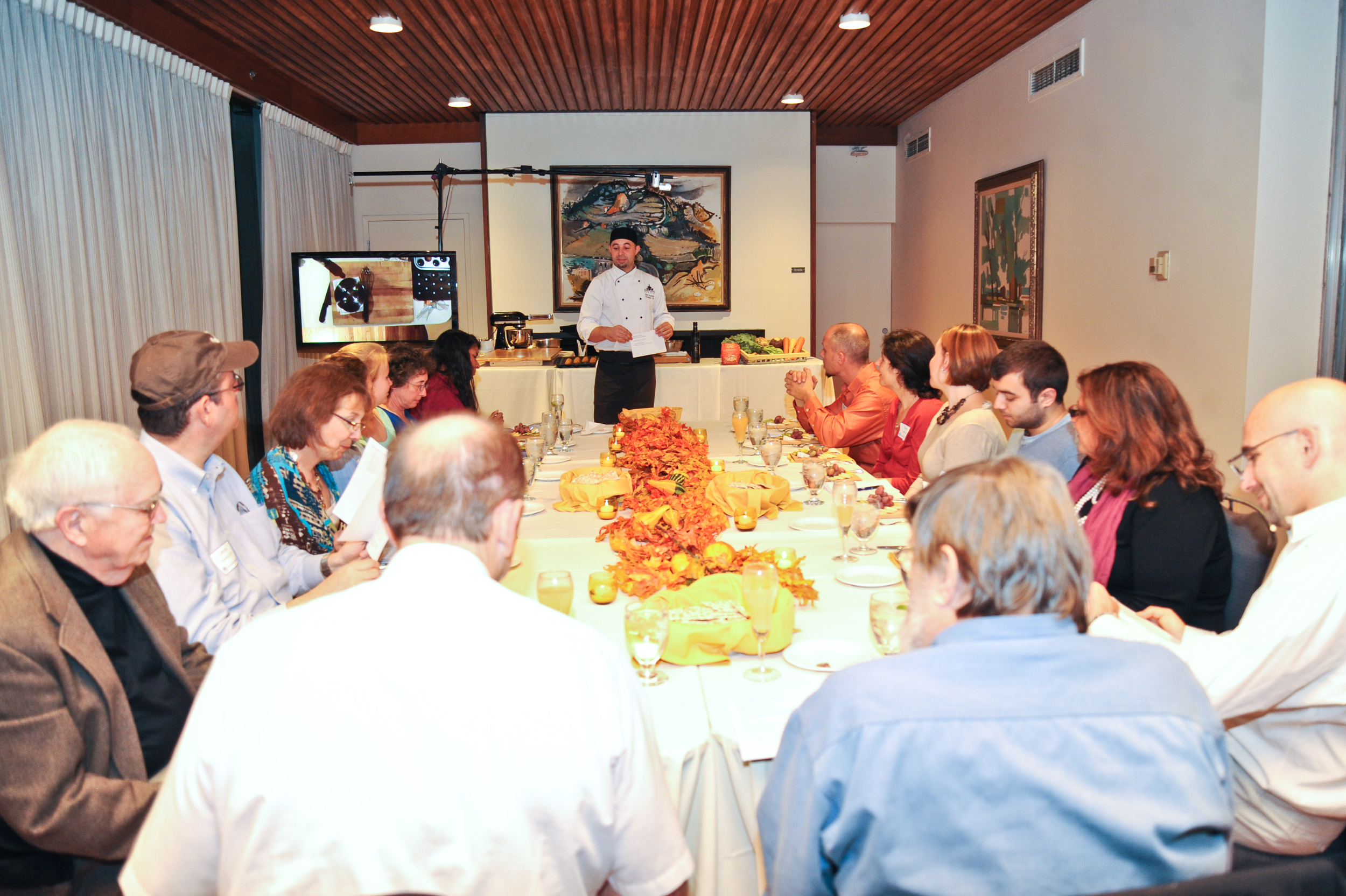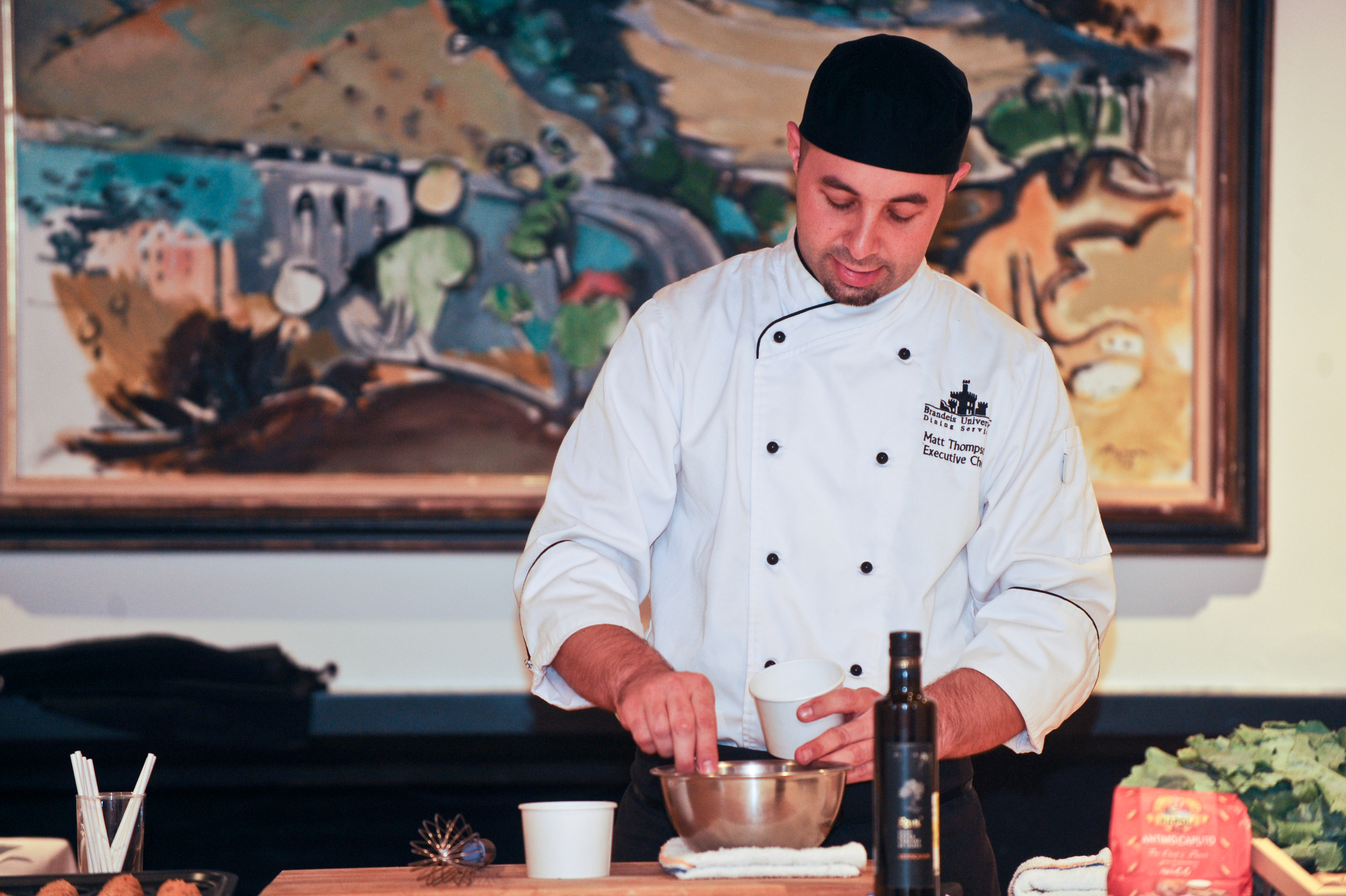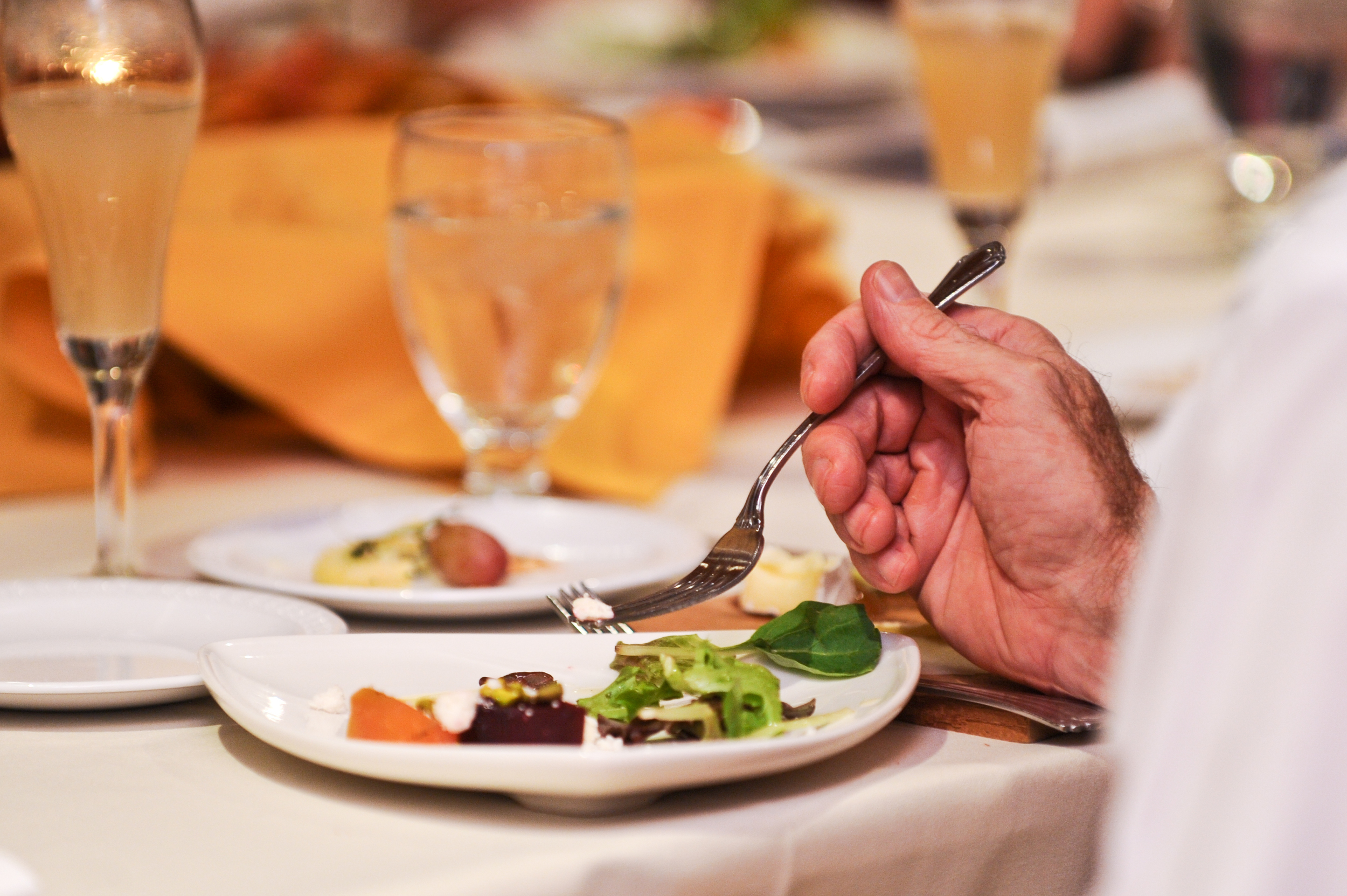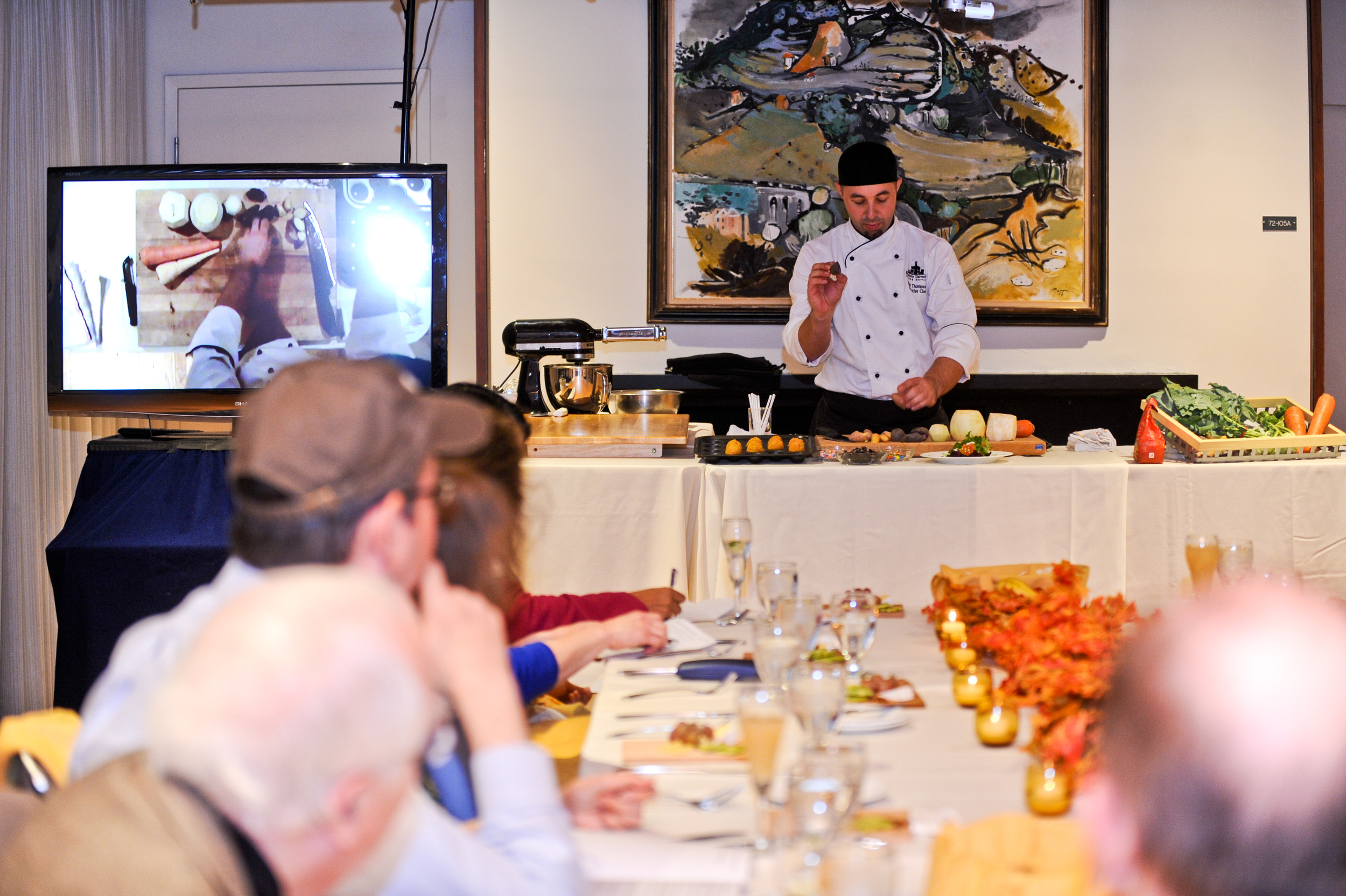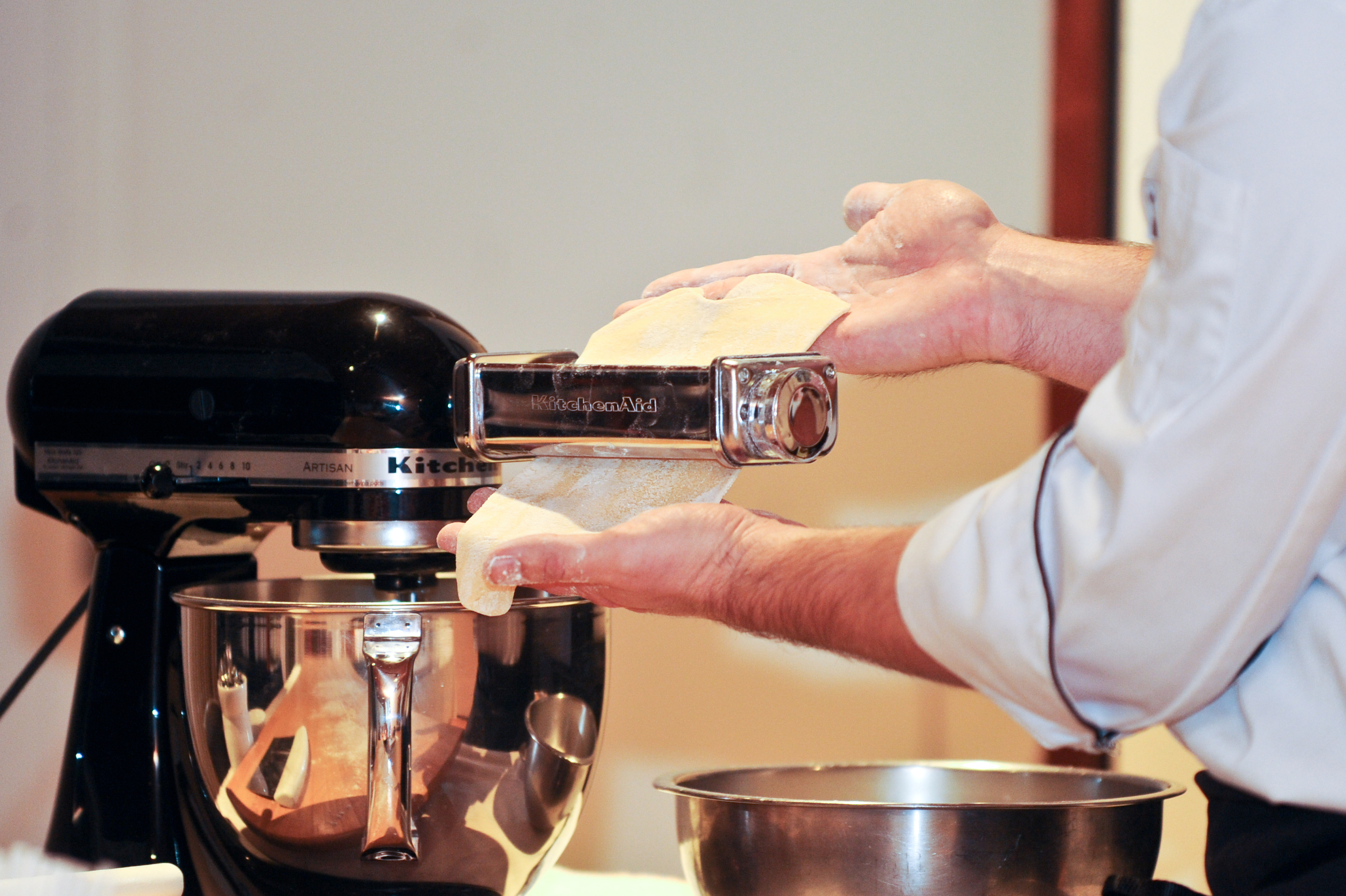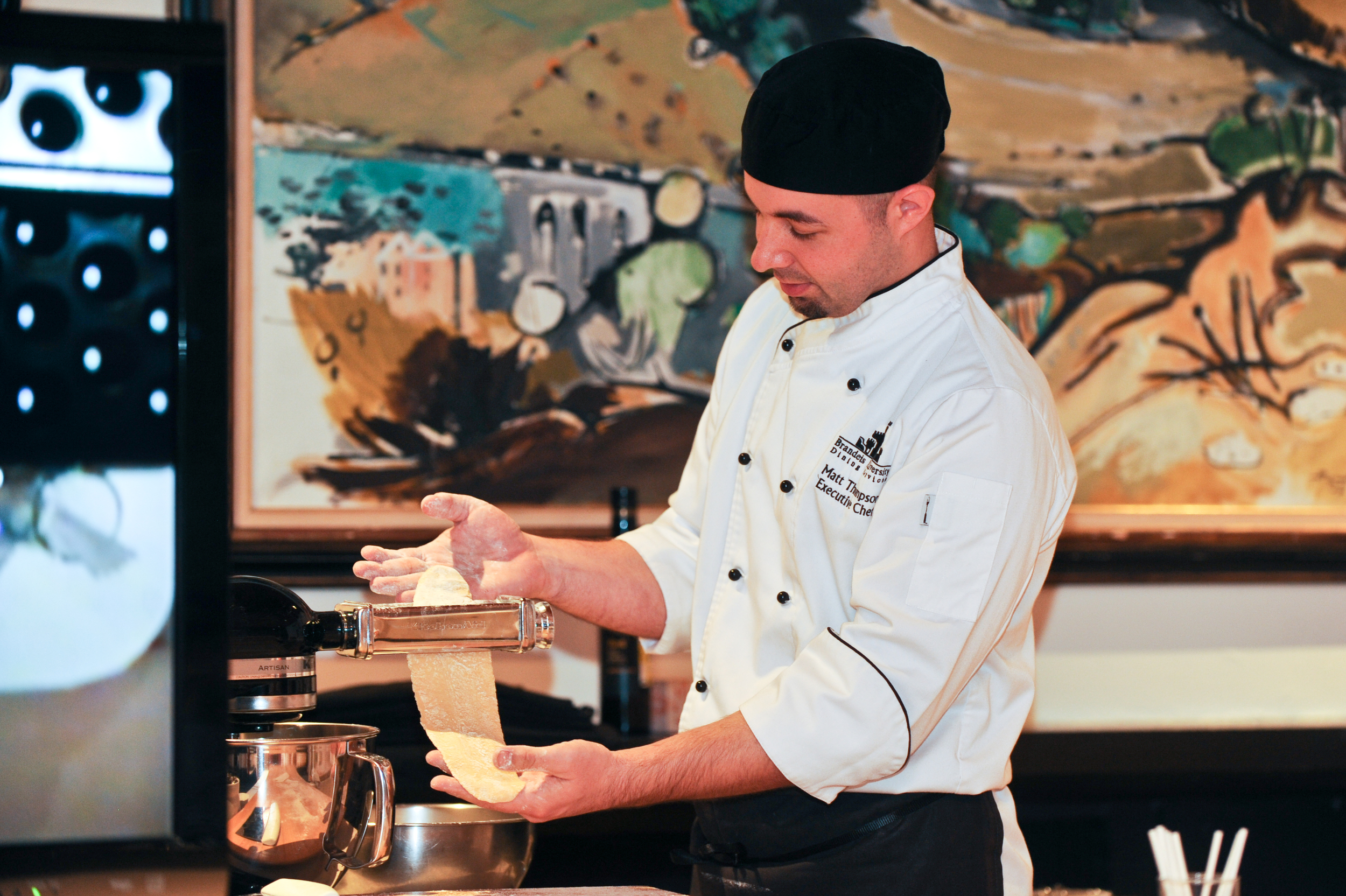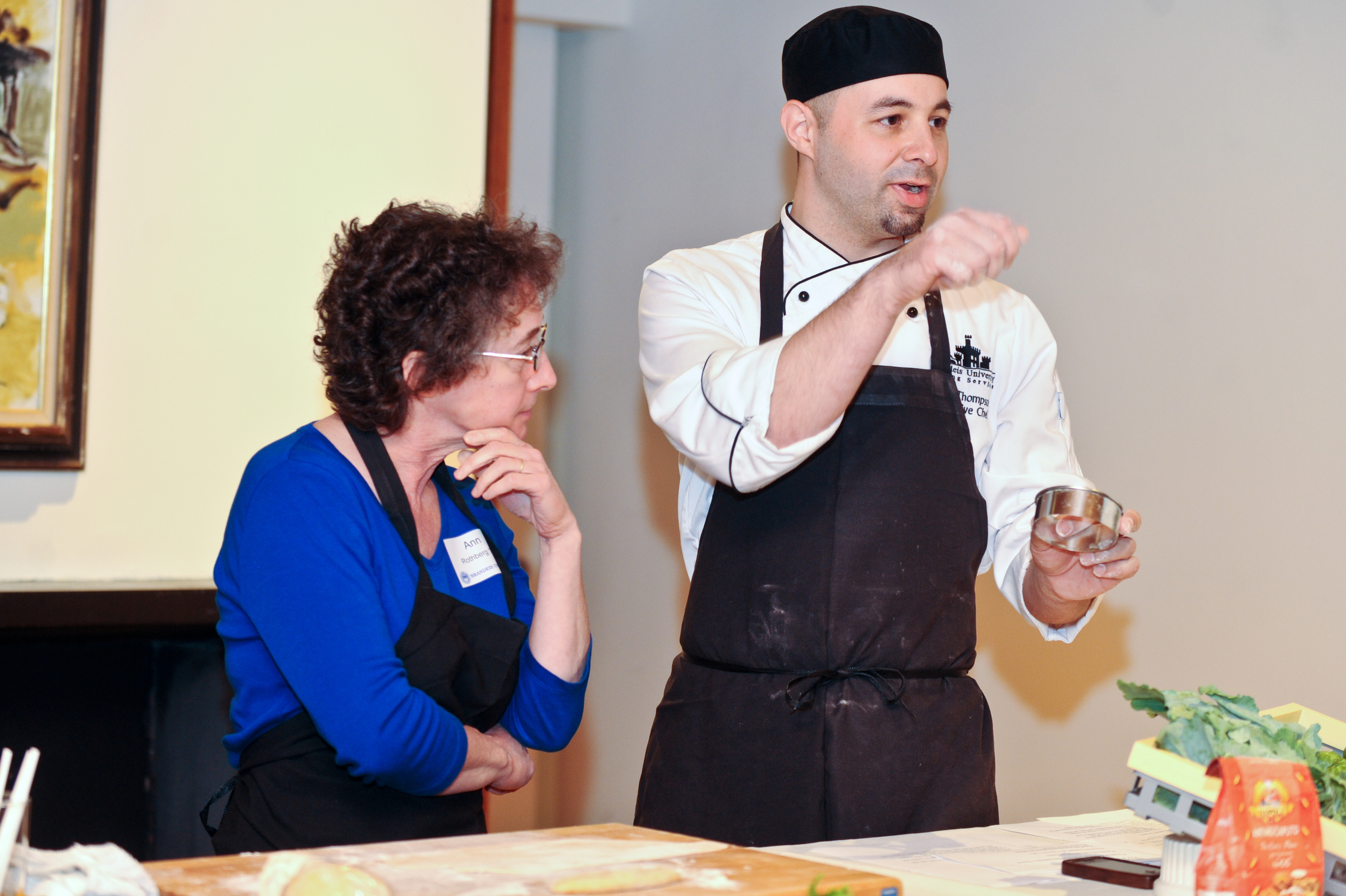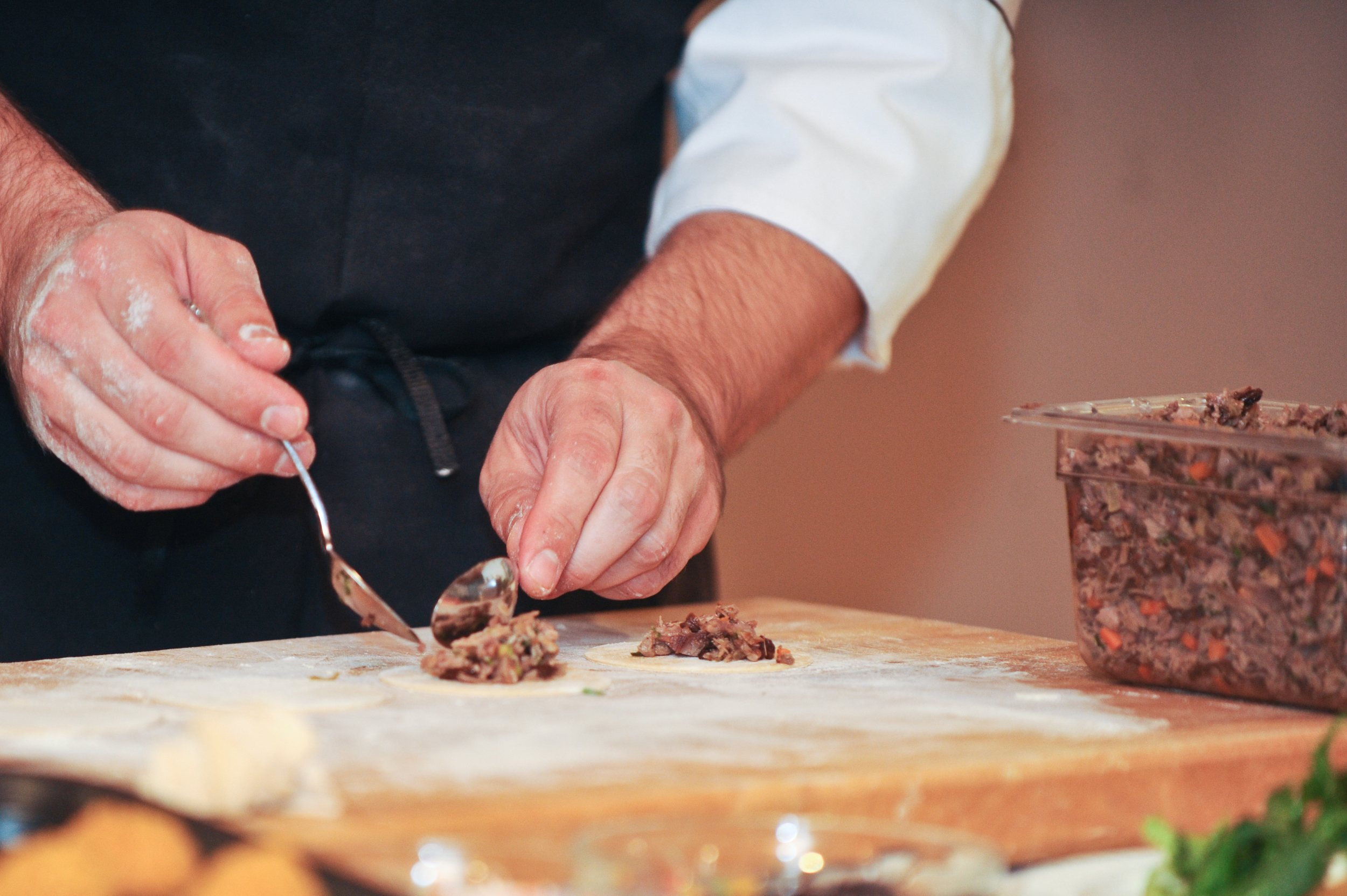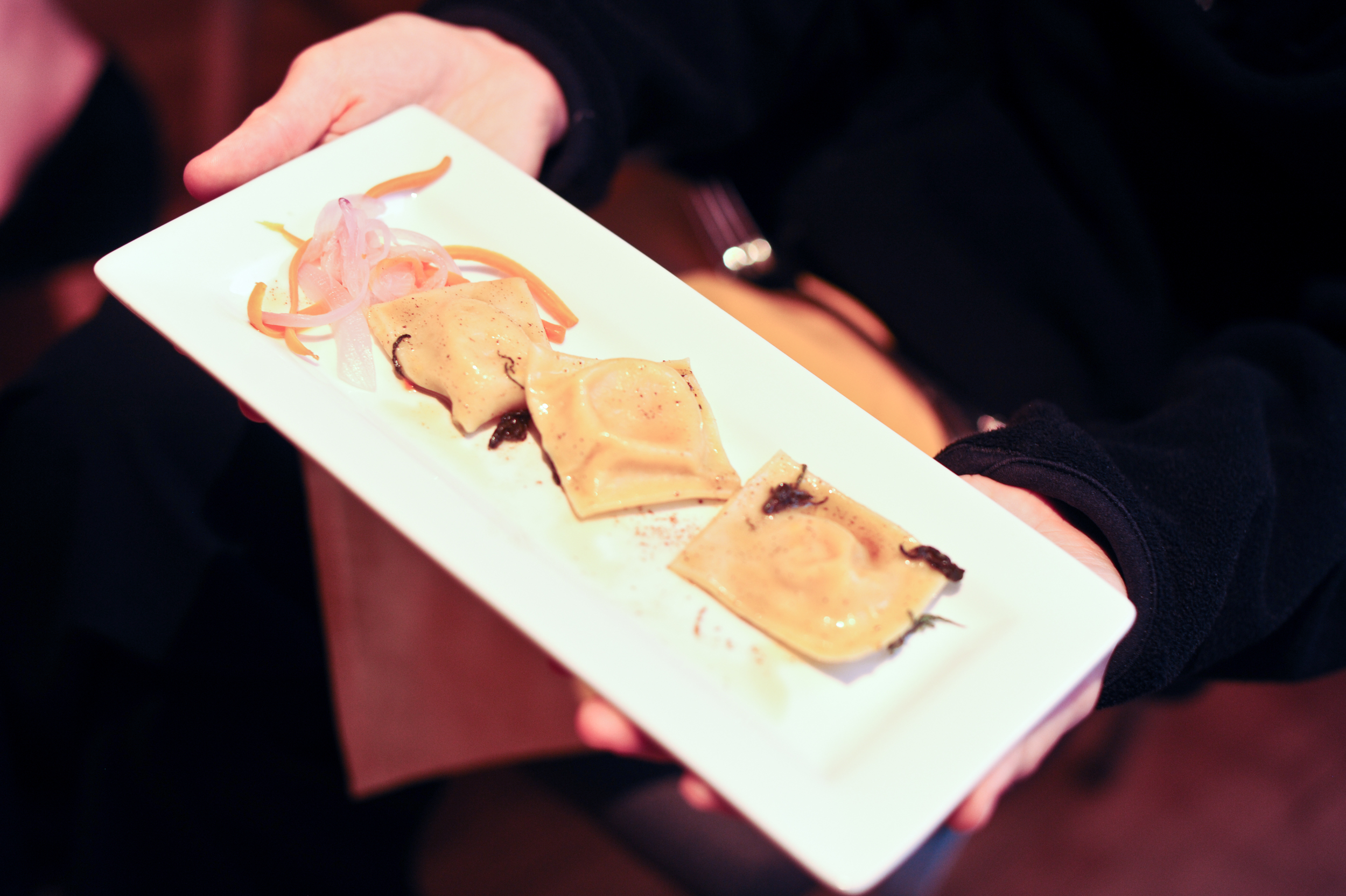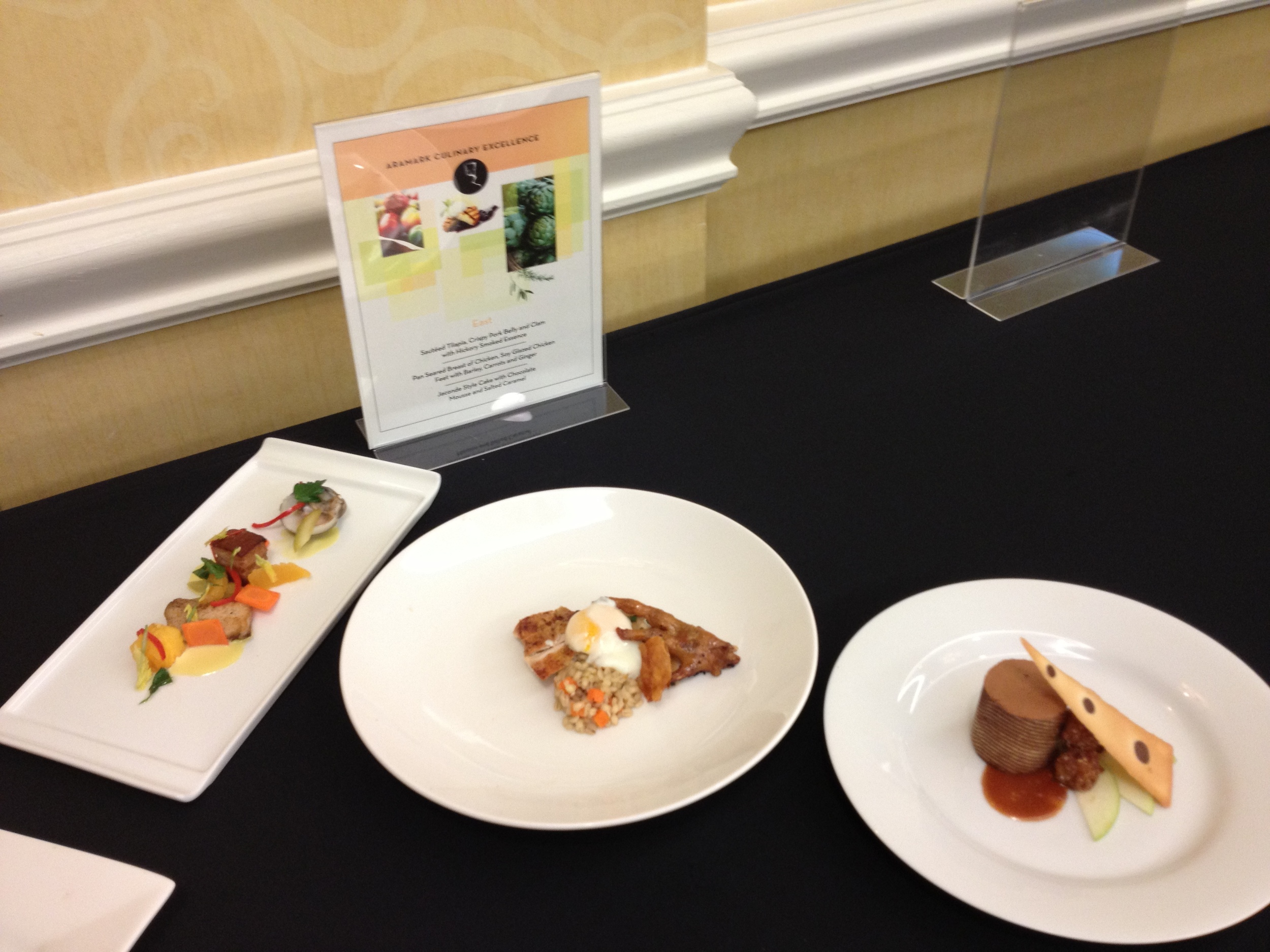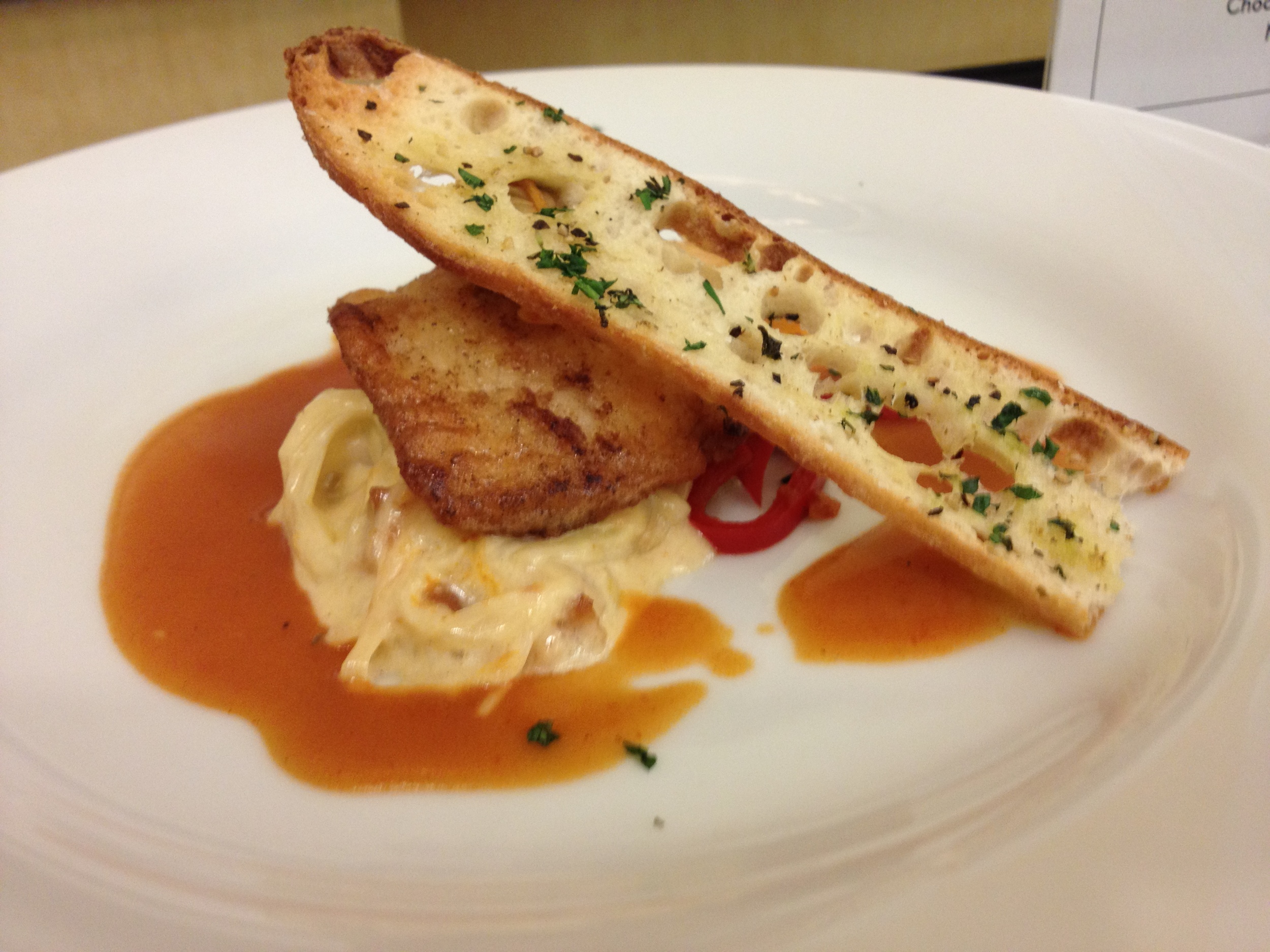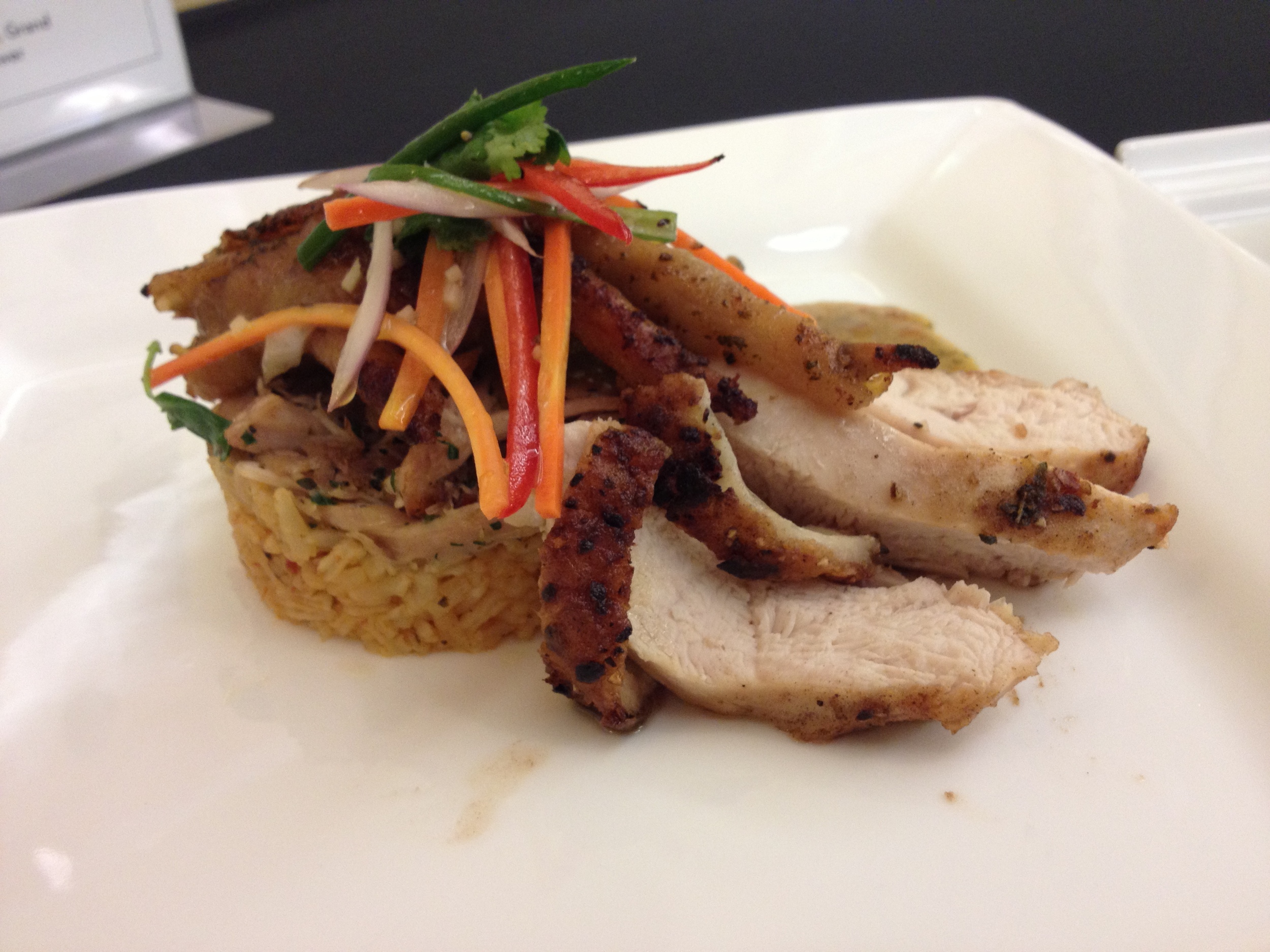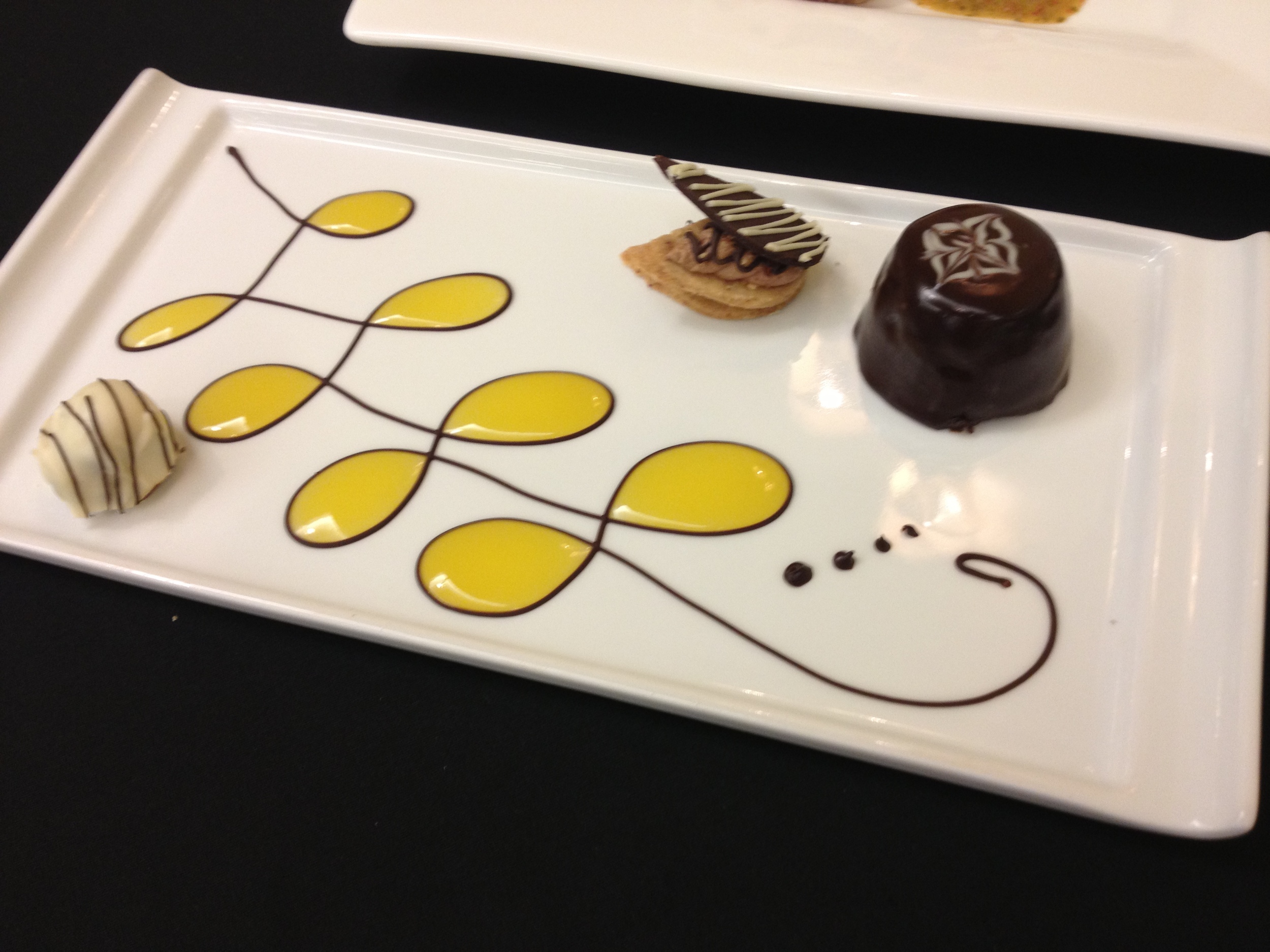Early in my career I clearly remember one of the largest challenges was keeping a very small yet very vocal subset of the community at bay: vegetarians. I held this group of what I perceived to be simply a group of picky eaters in such distain as they repeatedly lectured me about why eating meat was bad. The air or arrogance they seemed to have toward us carnivores somehow elevated them to an elitist status.
It seemed at times that the only thing that could keep this group in check was an even more elusive group: vegans. The only levity in the kitchen when discussing these customers was in the still popular industry joke: "How do you know if someone is a vegan?" to which only the newest kitchen rookie would need to respond "how?" In unison the seasoned staff would respond "Don't worry, they'll tell you!"
I'd often find ways to test vegans like asking if they liked honey or what their feeling were on blue dye 1&2 (or red 40, yellow 5&6, green 3 for that matter!) It was my secret affirmation that veggies (and I use that term endearingly!) were all closet bacon-eaters.
By this point I have no doubt bored the carnivores and ostracized the veggies. Breathe easy, my tone is about to shift.
I tell you that story because for the early half of my career I had spent my days playcating their every request constantly thinking that this trend too will die. Annoyed all the way that special menus need be created, alternates for every "normal" meal included and segregated equipment and facilities maintained. As you know the "vegetarian trend" never died, in fact is now mainstream. So much so that the number of those who self-identify as vegetarian is actually increasing.
What gives?
I attribute this simply to evolution. Trust me, as I've alluded, I began my career as anything but an advocate. Not long after the popularization of the veggie diets, the local and sustainable foods movement really began to gain traction. Just as in the veggie movement this too began in isolated geographic areas and both signature chefs and specialty farm-to-table venues began to pop up. True to form, I too briefly regarded this as another trend to come and go. As before, I was wrong again.
Several years back, I was assigned the formal job duties of supporting the local and sustainable initiative for the company I was working for. As I began to grow in knowledge and understanding of the local movement, so grew my appreciation for the general wholesomeness of the plant-based diet. Growing up in a generically affluent society like we have in the US, we have unfettered access to a vast variety of ingredients from all corners of the world. At any moment in time we can travel to our local market and gather an abundance of fresh ingredients. Access to an opportunity like this is sadly unavailable universally on a global scale.
More importantly, when we stop to consider the pervasive impact of hunger caused by world poverty, it should cause us all to pause and consider how desperate our need is for a swift solution. What will feed our world population in the coming decades? Certainly the already over-fished oceans, disproportionate carbon-footprint in cattle farming, inhumane treatment of poultry, pandemic diseases like swine and avian flu, all suggest that increasing our production of animal protein is not the solution. Turns out, maybe our veggie friends were onto something all along.
For all my chef friends and colleagues breaking out in a cold sweat right now, relax. I'm not calling for a complete world-wide transformation to vegetarianism. As a human species, we are in fact genetically engineered to be omnivores. What I AM calling for is for our soda guzzling, chicken nugget popping, genetically modified corn syrup craving society, to slow down and consider some balance. Why is our US society sky-rocketing to the top of the obesity charts? Certainly mobility and exercise play a part, but can by no means justify a bad diet.
Earlier I used the word evolution. We have evolved our food habits to what we have today: fast-food centric, over portioned, heavily based in animal-protein, and flavored primarily with fat, salt and sugar. Dichotomies have emerged within the American demographic segregating our population into almost a class system. The elite echelon of society enjoys an all-natural, whole food, organic, gluten-free lifestyle. Nonetheless, we have come no closer to agreeing on a definition of these terms, let alone acknowledgeing it's been nearly impossible for anyone to provide concrete data to support this as the preferred nutritional high road. Those without silver lined pockets are catered to by our fast-food industry pushing highly processed edible product, wherein certain stages of production would hardly be recognizable as nourishing.
The delivery of a solution comes with as much trepidation as the feeble attempt I've tried to make in explaining the problem. What I believe necessary is not an evolution, but a revolution -of the culinary sense. A change in our constitution, our paradigm. The barriers of accessibility and affordability of local and sustainable food will certainly help to shrink the divide in our "nutritional society." Transparently however, that only gets us to the trail. The path must ultimately be choosen, not predetermined. Throughout my career I have seen our abundance mentality enable poor choices despite positive encouragement. Like a child, we choose ice cream over vegetables.
I too have evolved, like the evolution of our national eating habits. My early frustration and impatience for what I believed were temporary industry trends led to the realization and development of what I like to think of as a more refined culinary philosophy. Fresh seasonal ingredients, simply prepared, makes great tasting food. Begin with an emphasis on fresh local or sustainable ingredients, procured responsibly. Secondly, prepare these ingredients with respect; find a use for each scrap. If an animal gave its life to sustain ours, treat that sacrifice with humility and utilize it fully. During preparation embrace the whole foods mentality. If your list of ingredients is something you cant pronounce it's likely you shouldn't consume it. Keep it clean. Lastly, make it taste great. They key to enabling good dietary choice is making food that's nutritious, simply taste good.
It is with that philosophy in mind that I've embraced a new culinary paradigm; one that encompasses not only my own dietary choices but is representative of my professional culinary identity. With that so begins new opportunitities for culinary experimentation and education ultimately leading to additional innovation and new evolution.
Take it from this chef: coming out as not only an advocate, but an aspiring member of the vegetarian community, proves food choices are not always easy. For you out there still insisting that if locked in a room alone with a plate of warm bacon you wouldn't scooby a slice, it's ok, I don't judge ...anymore. For the rest of you, go ahead: embrace your inner-veggie.











